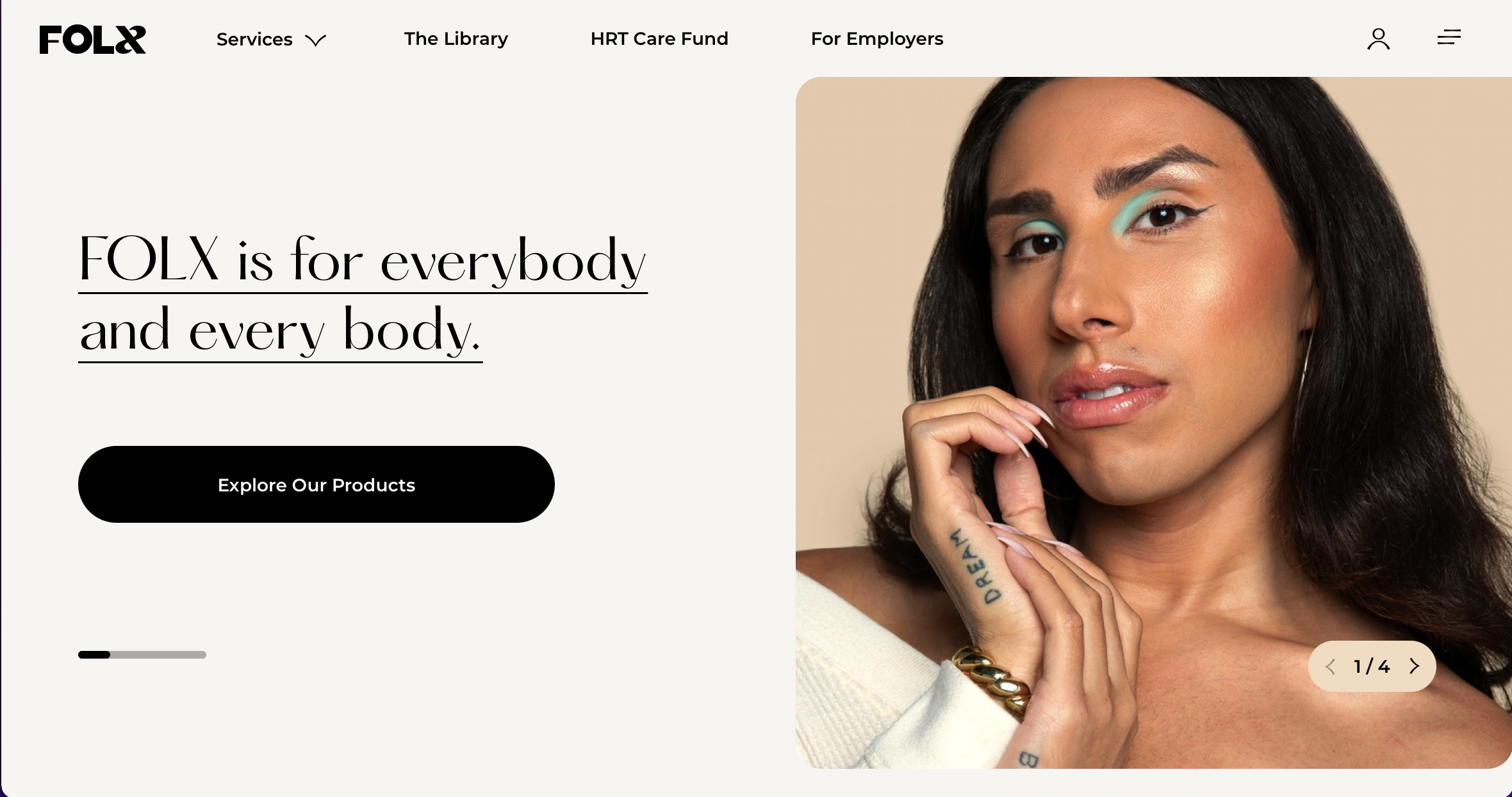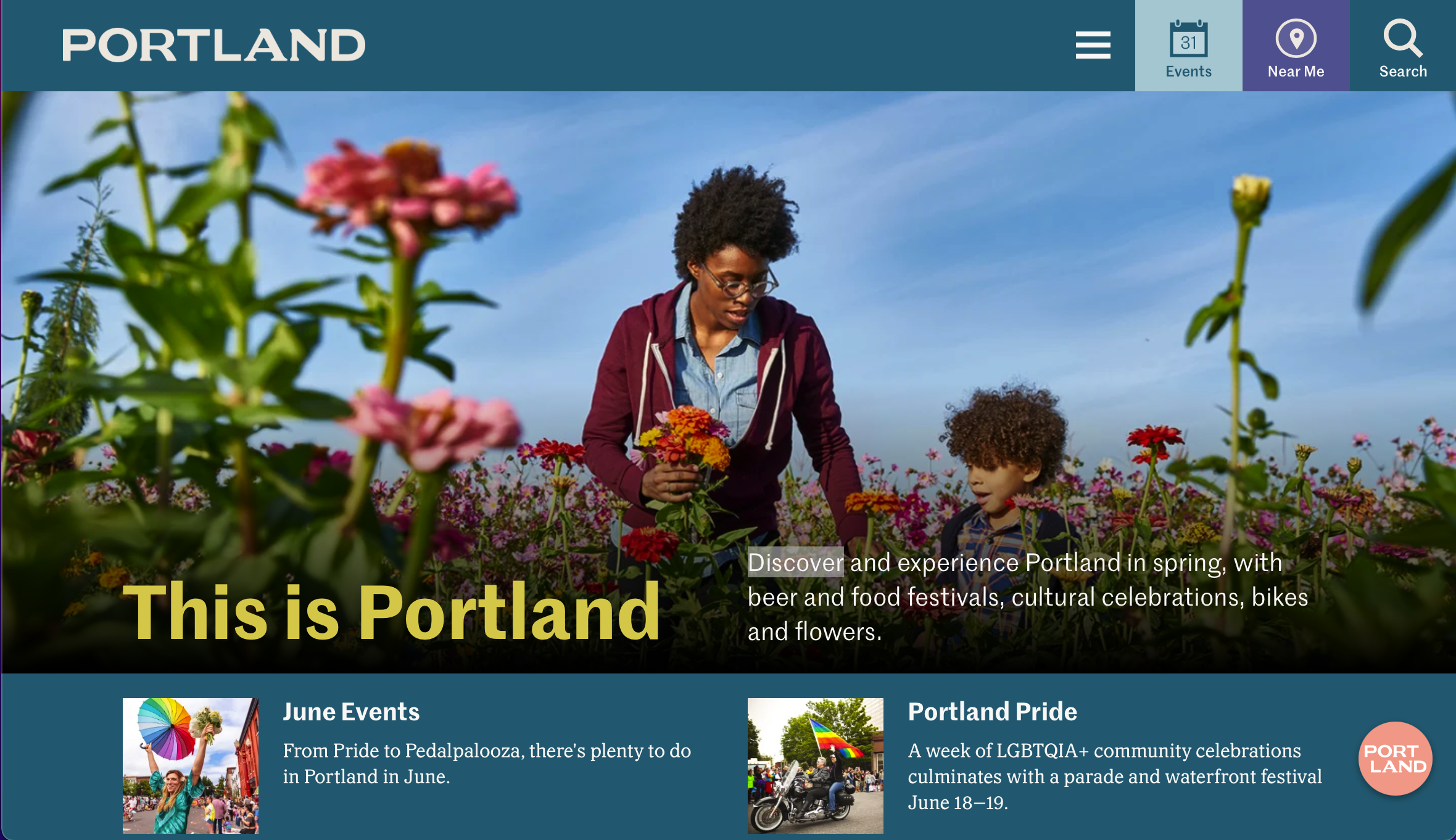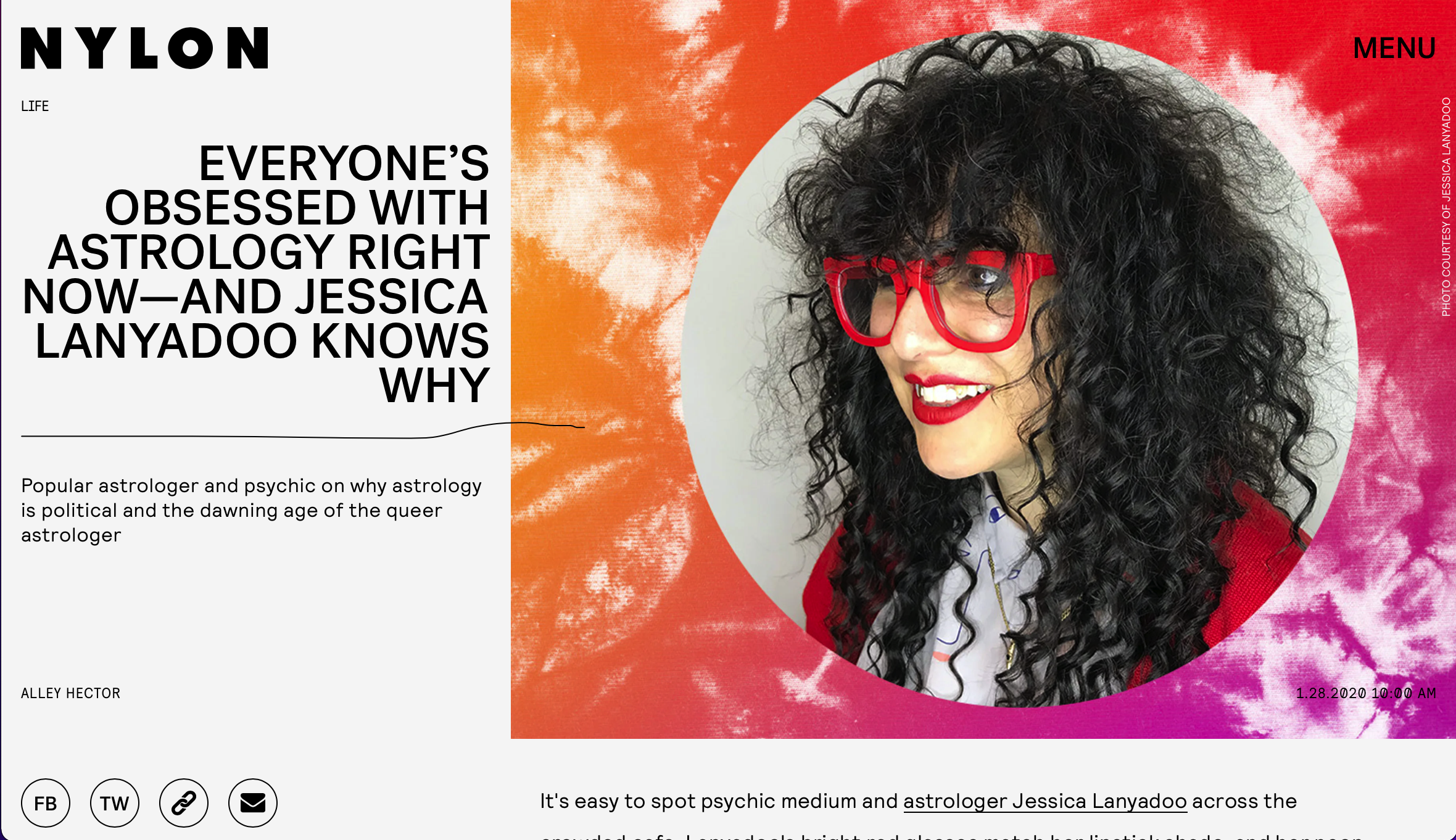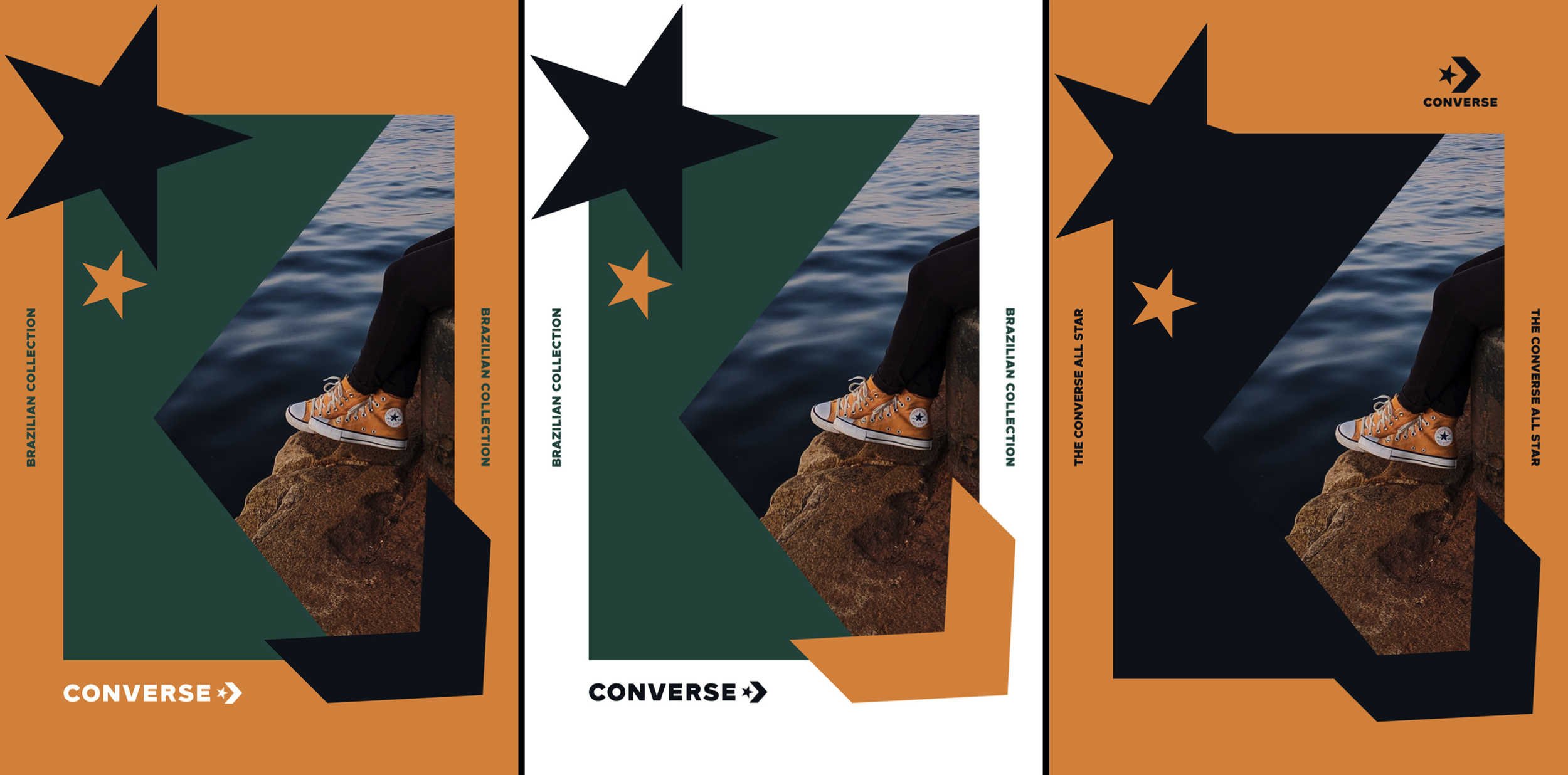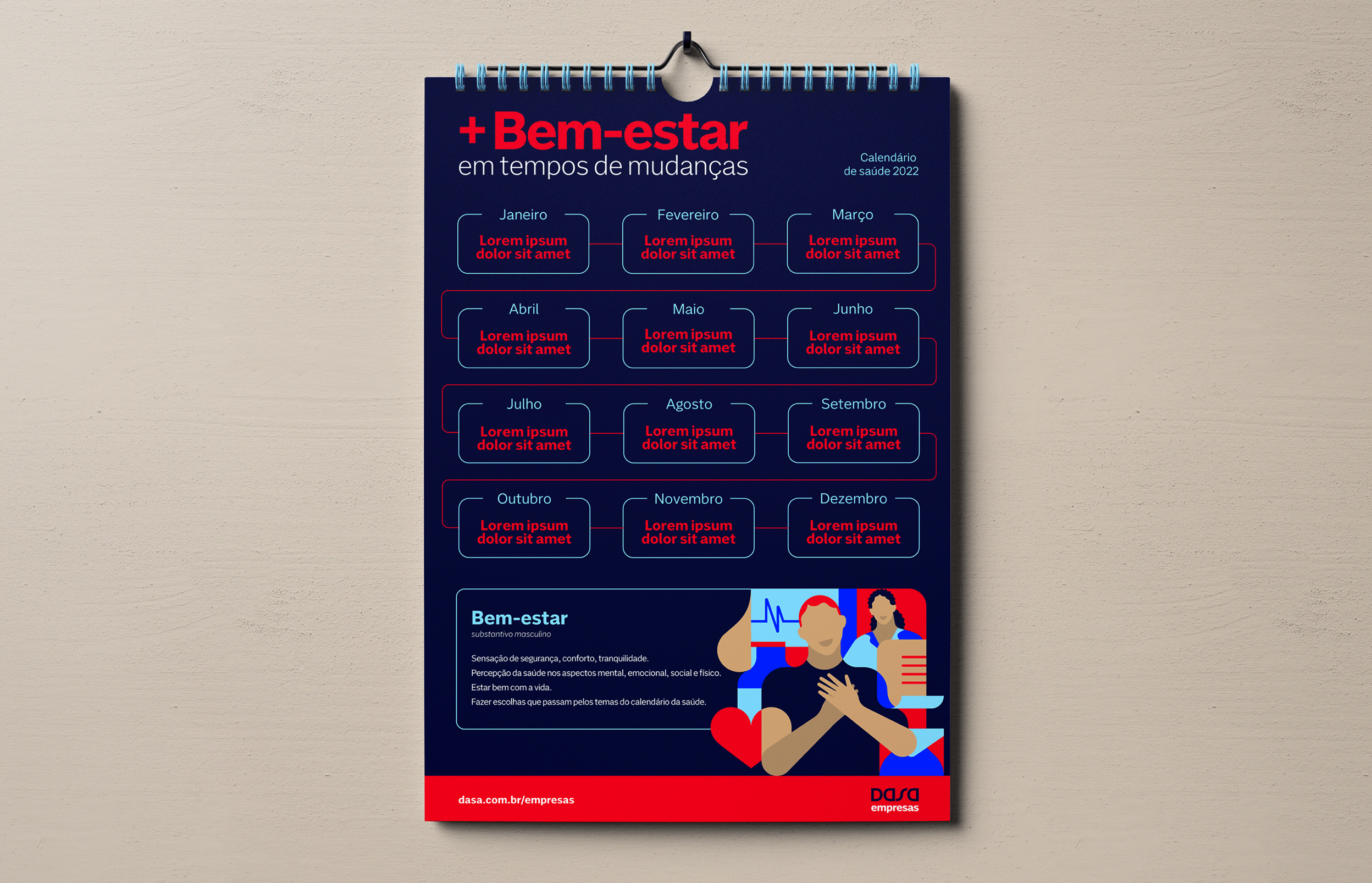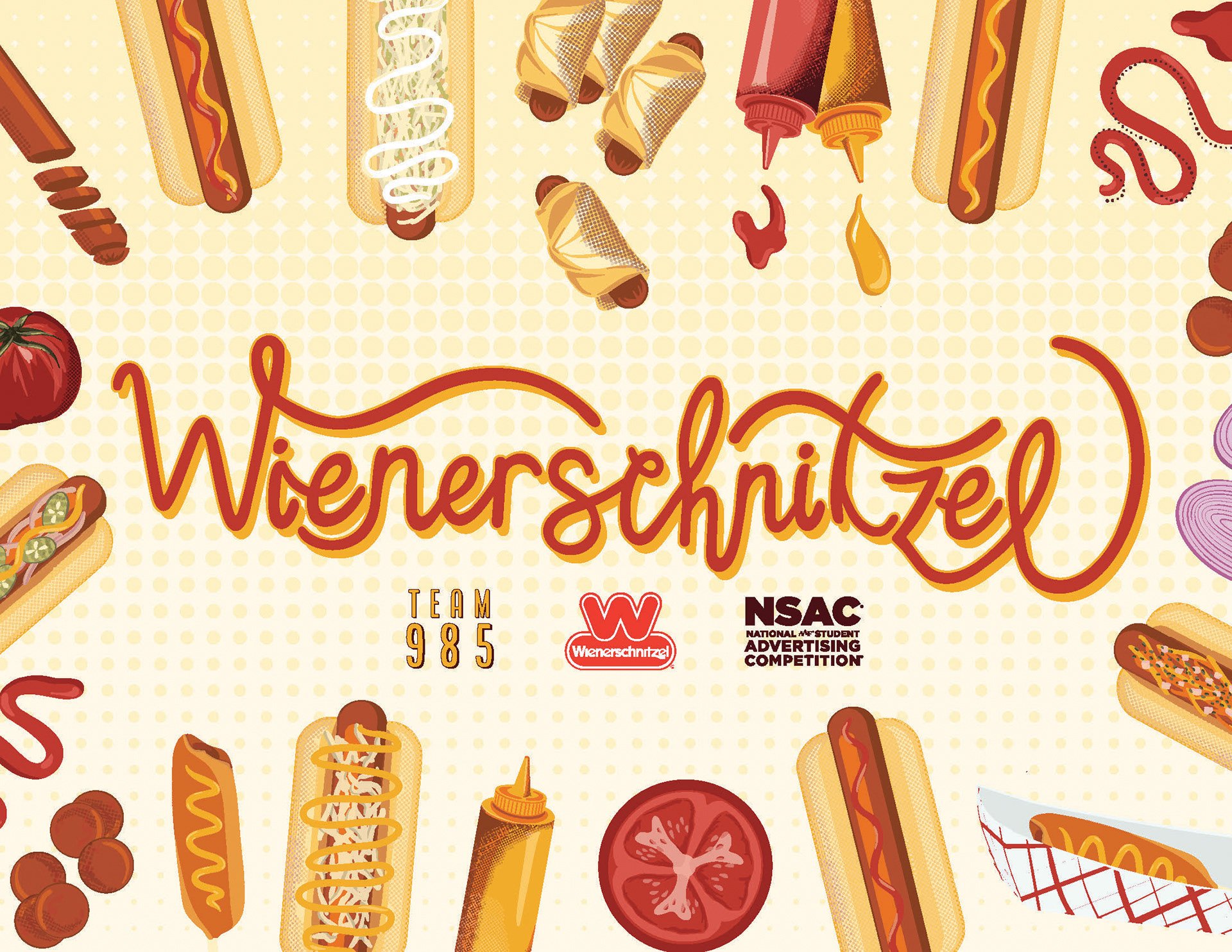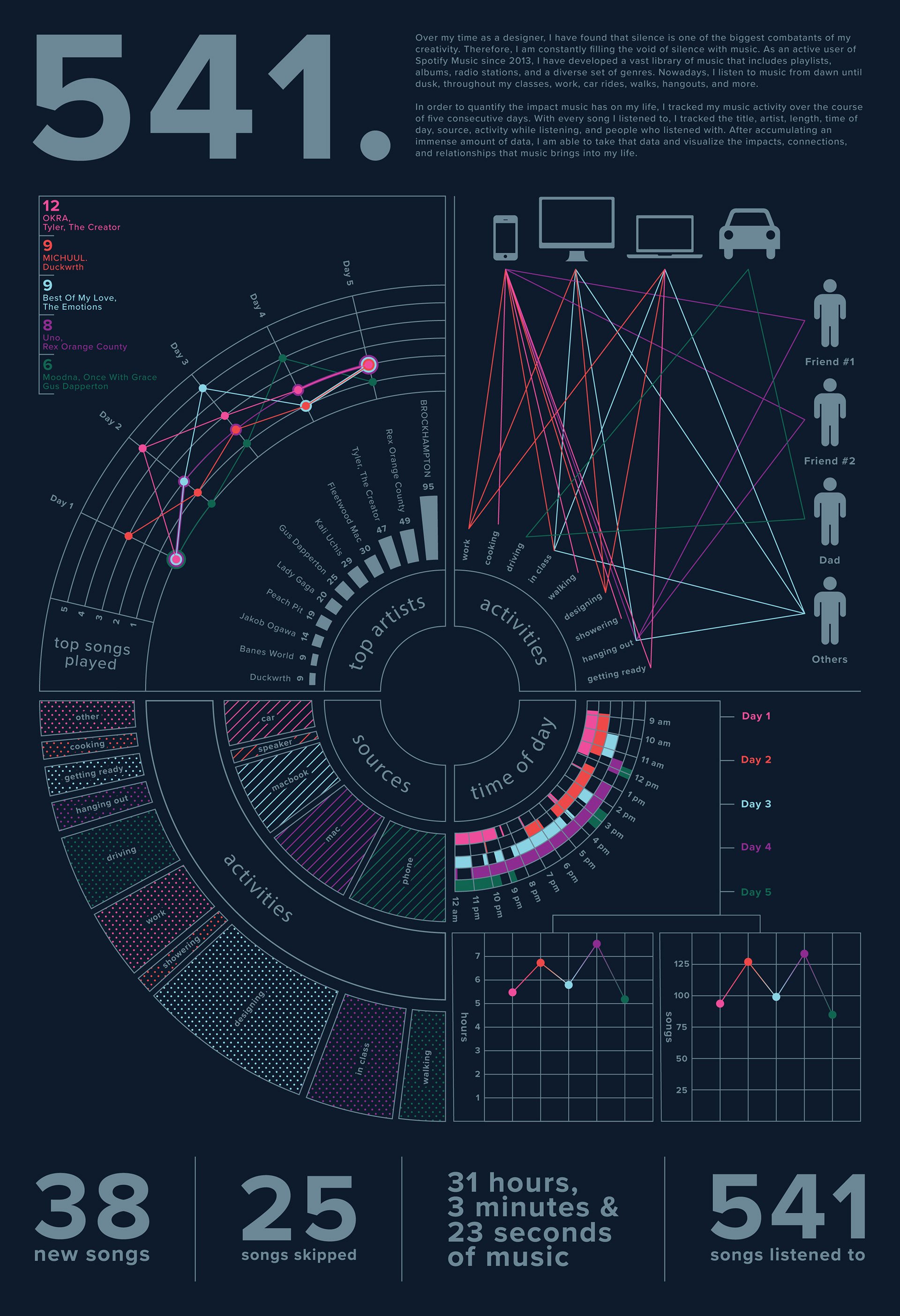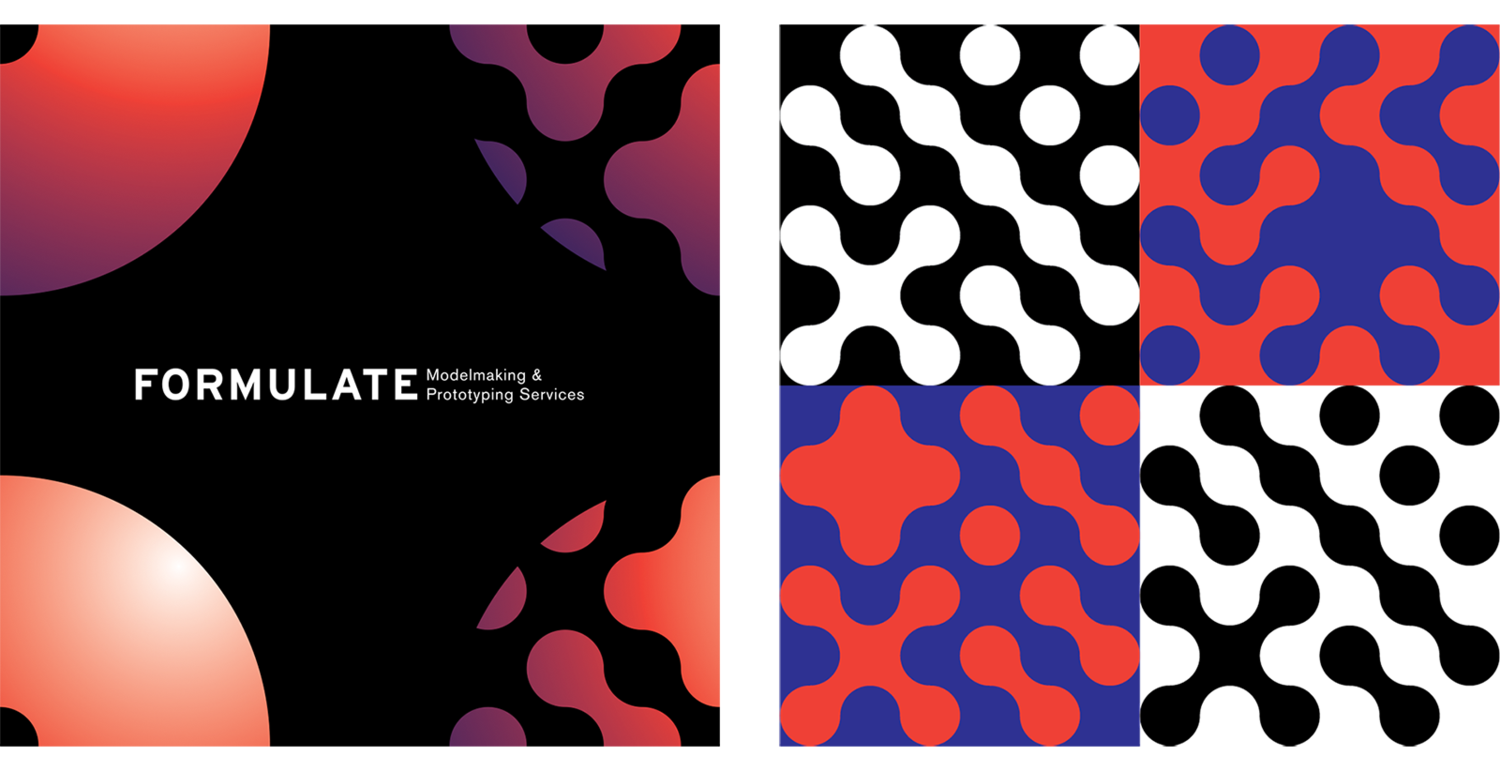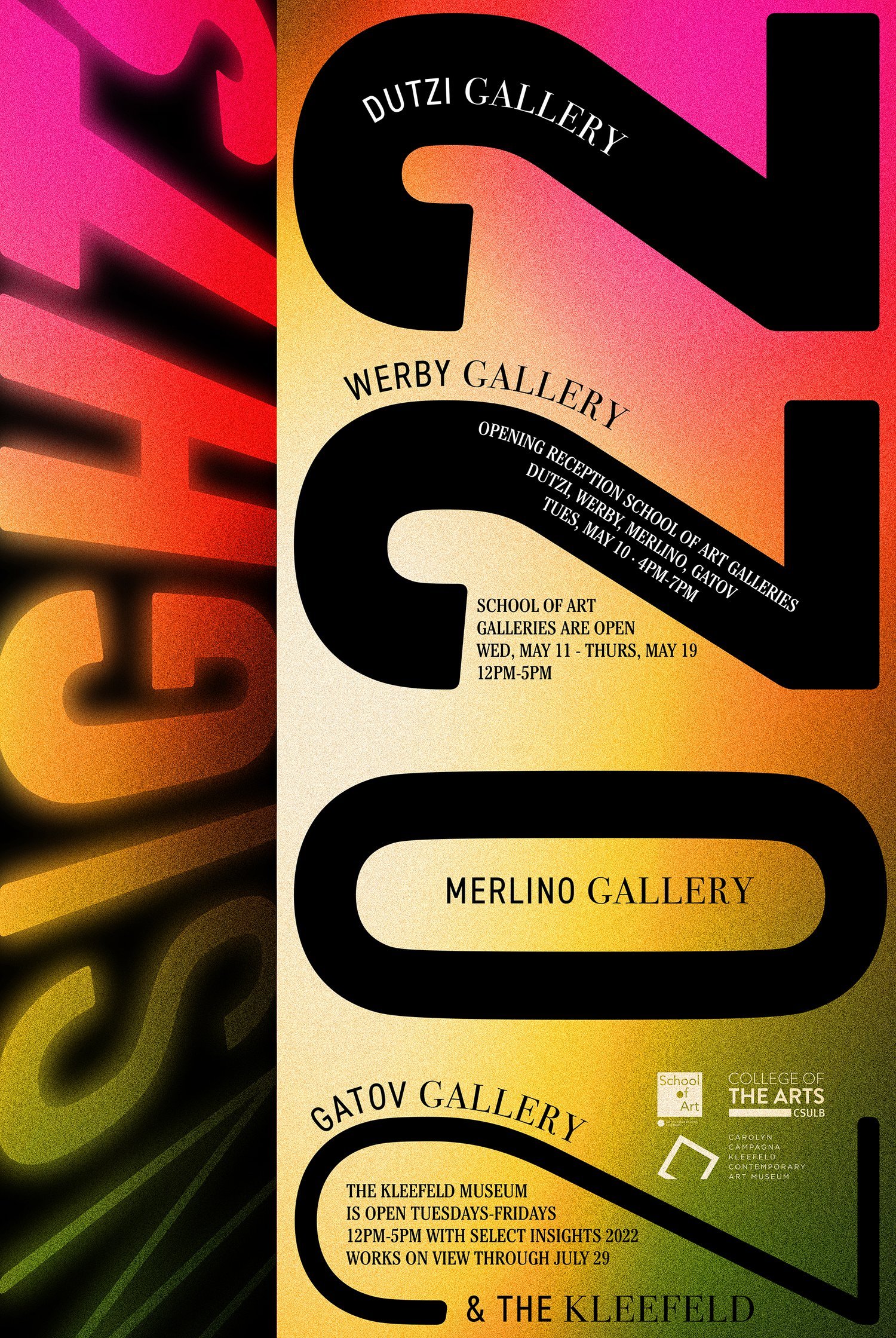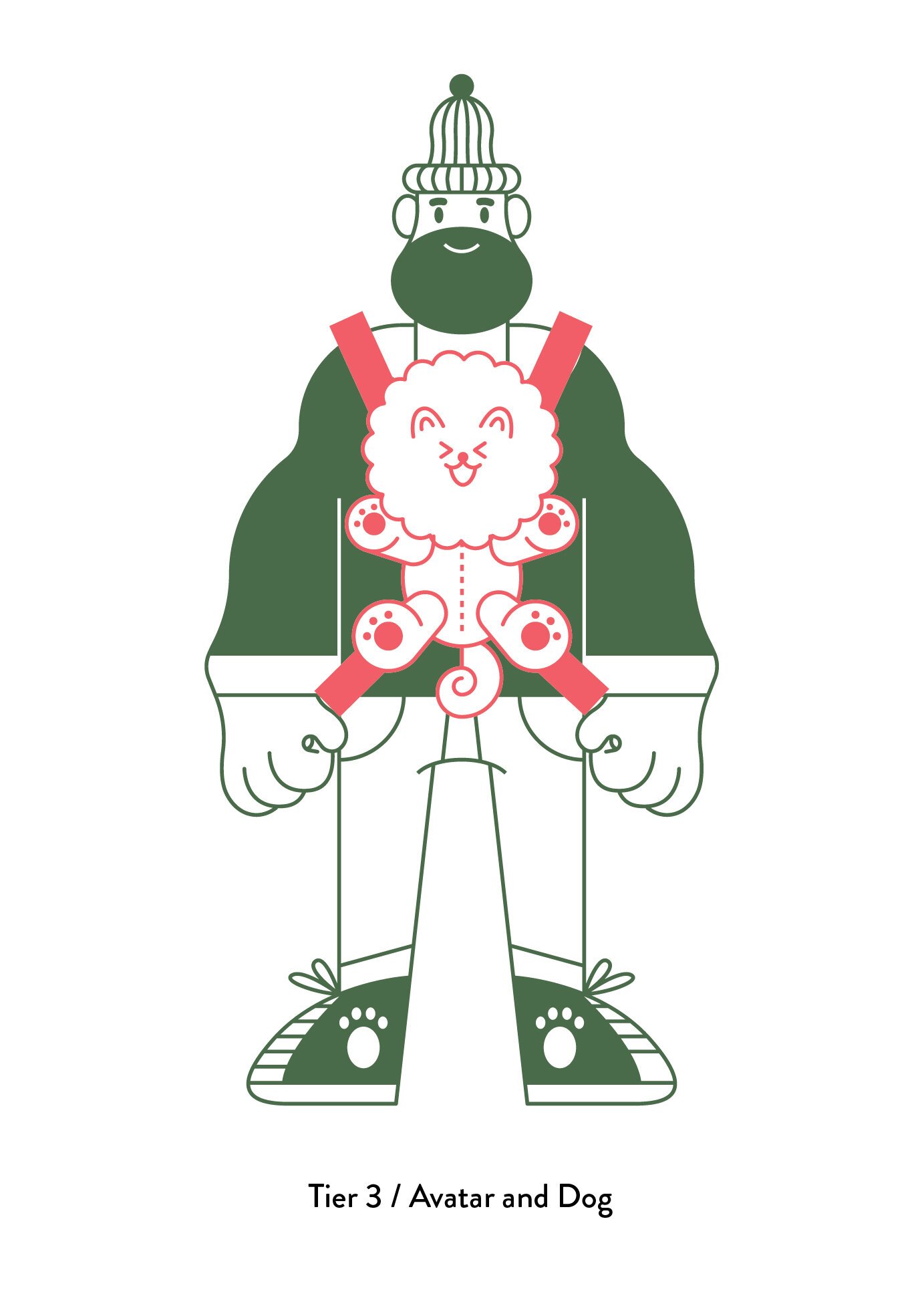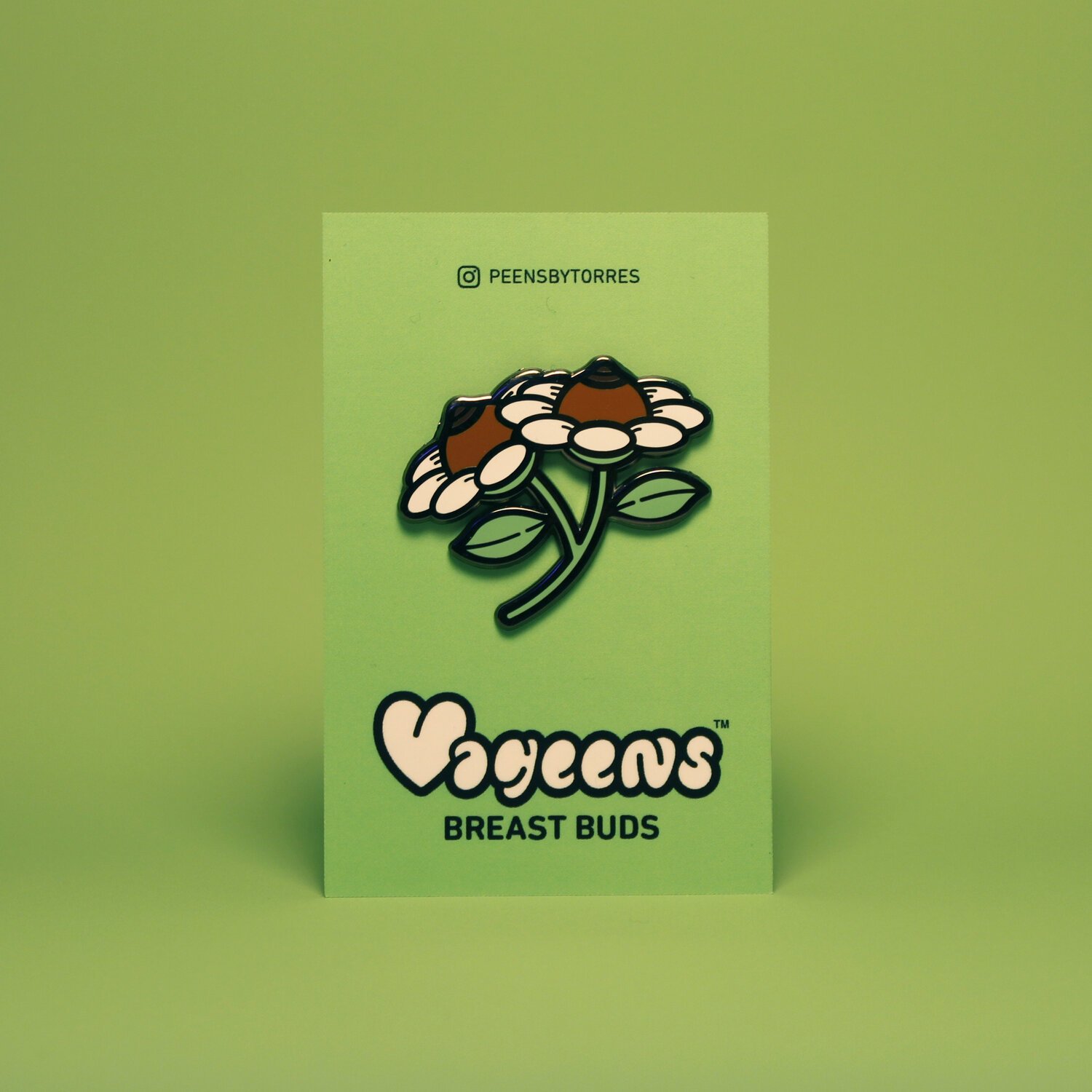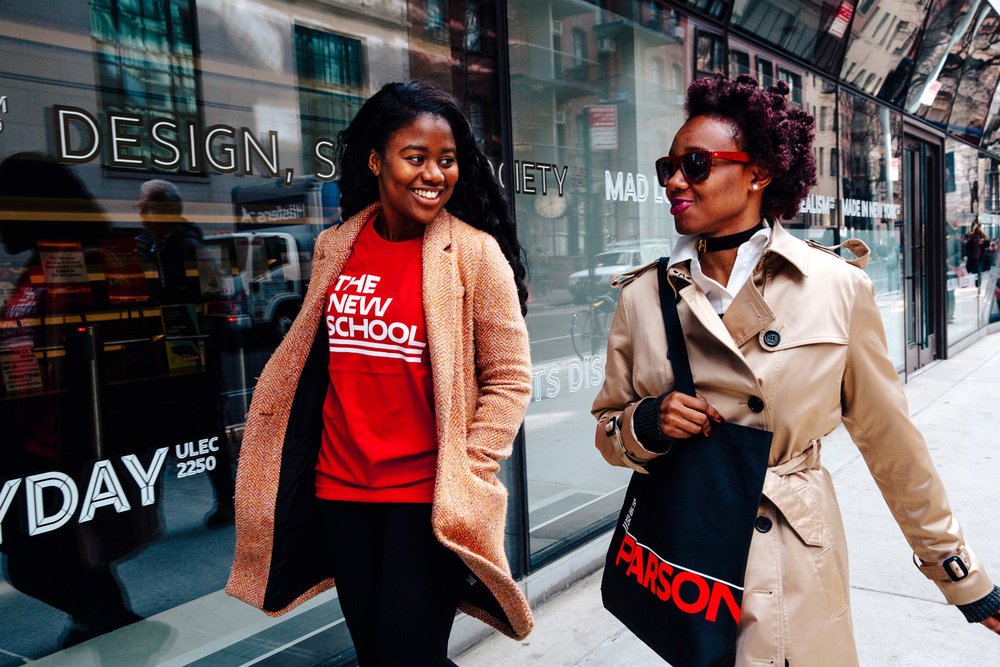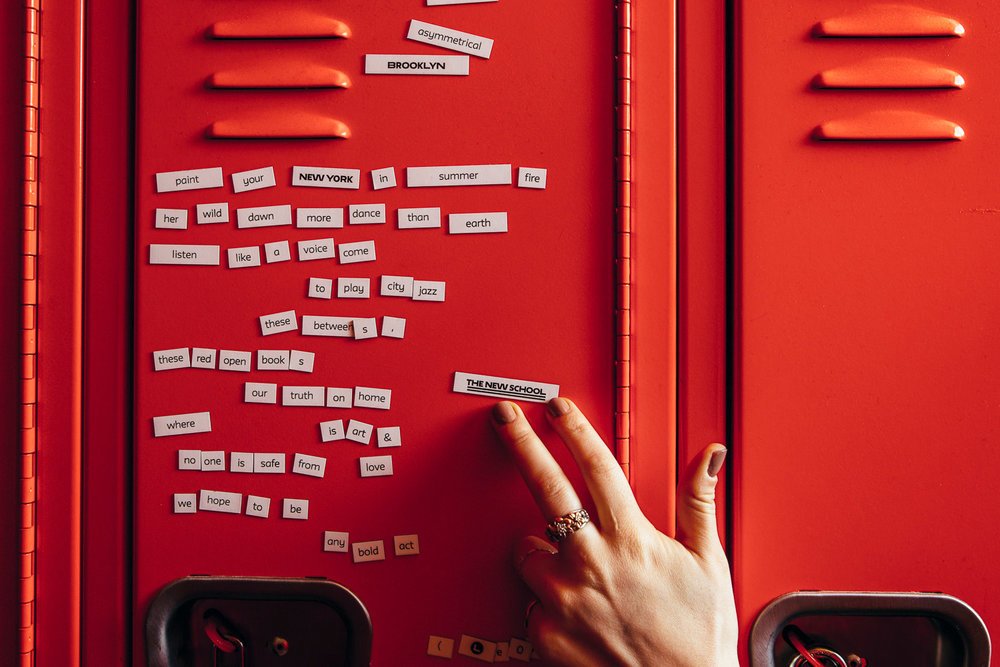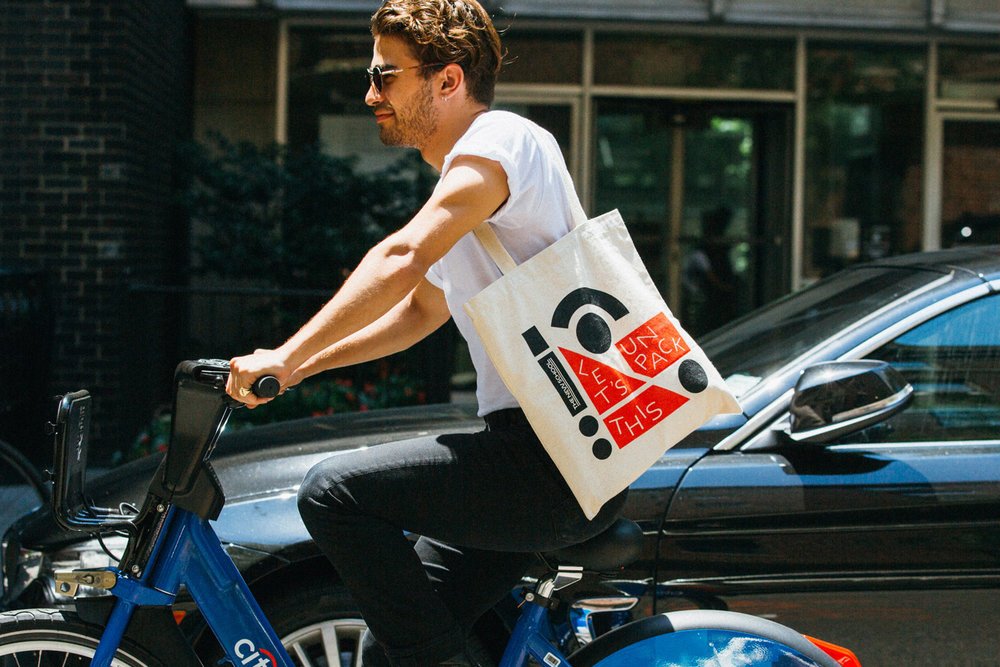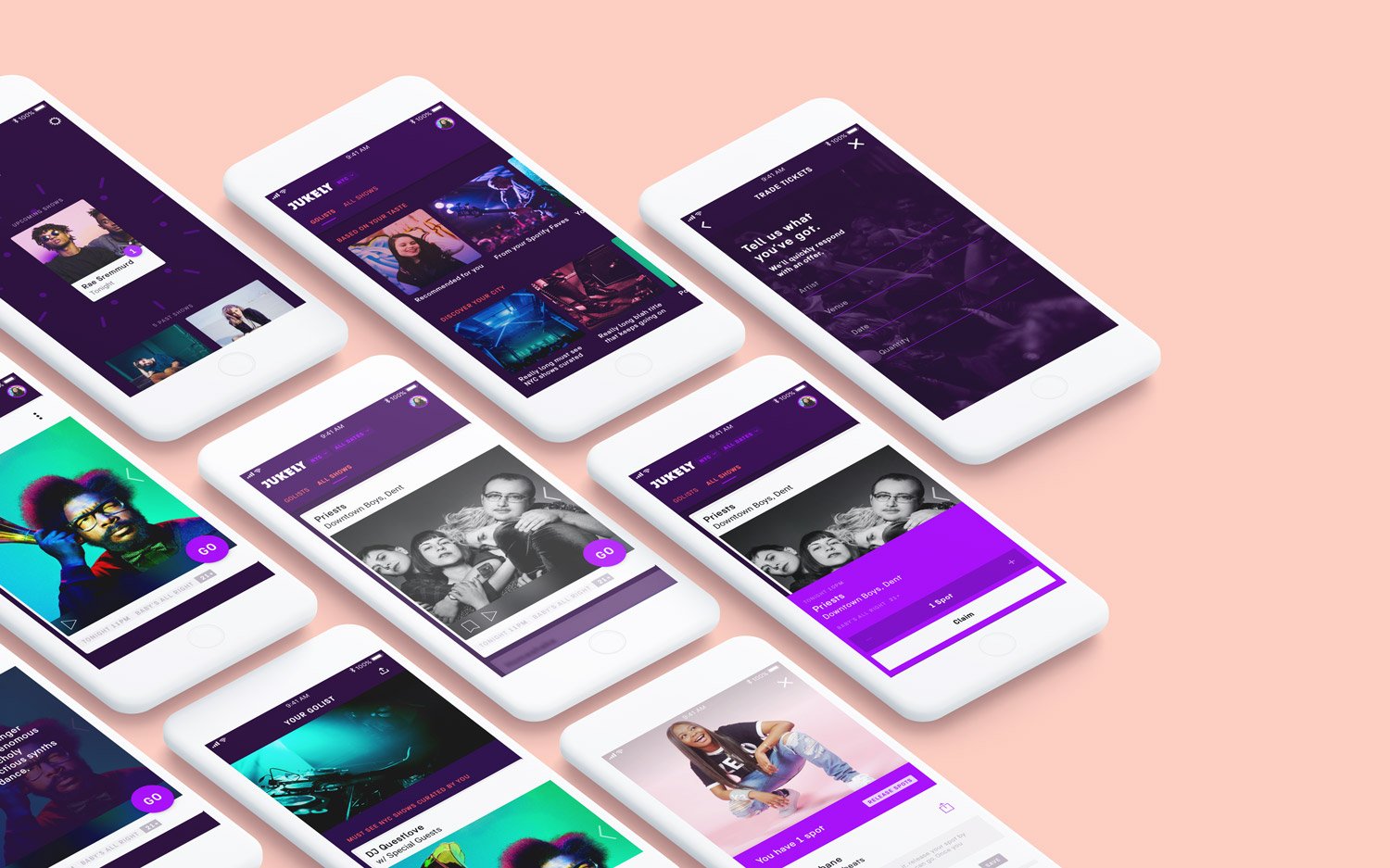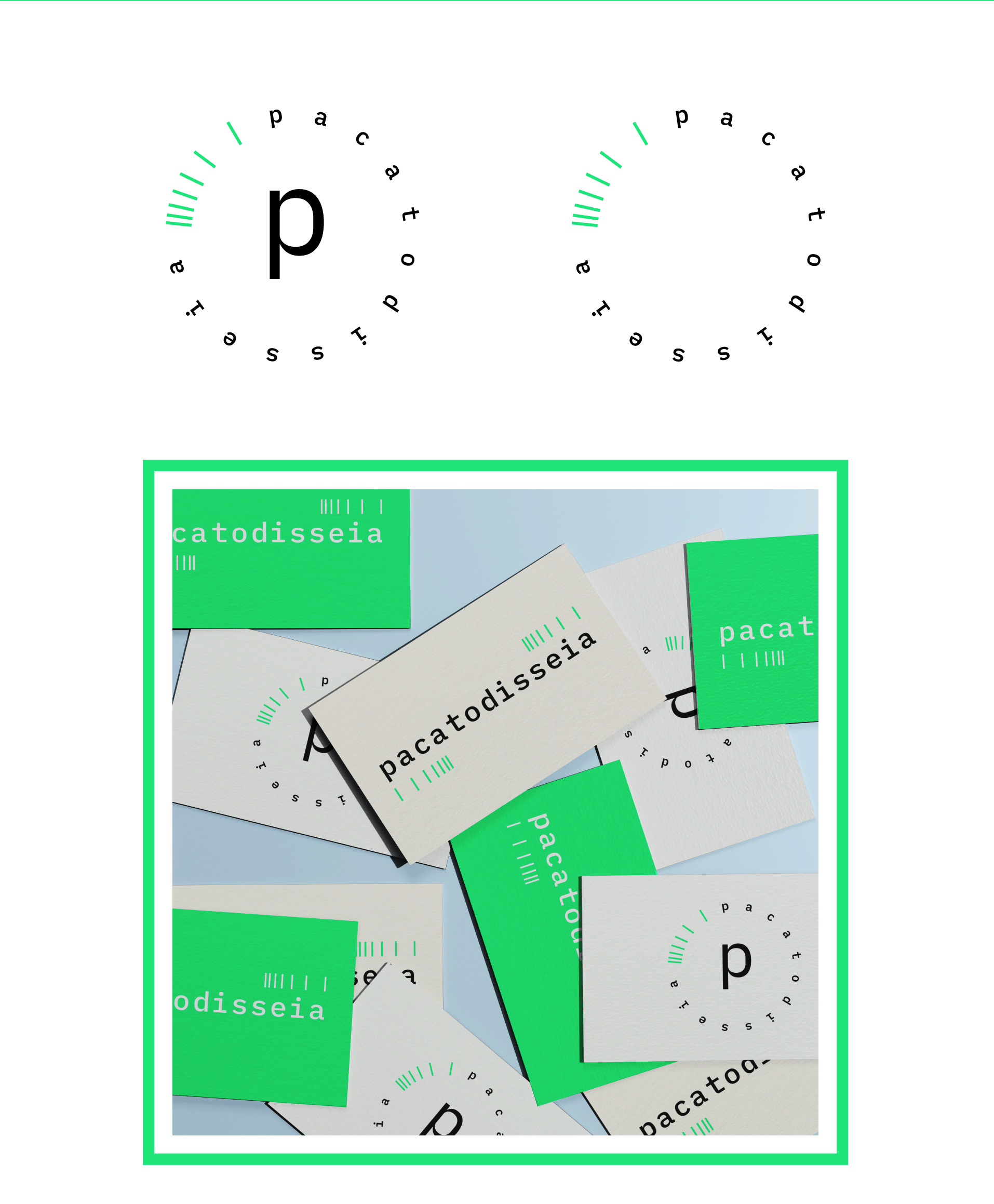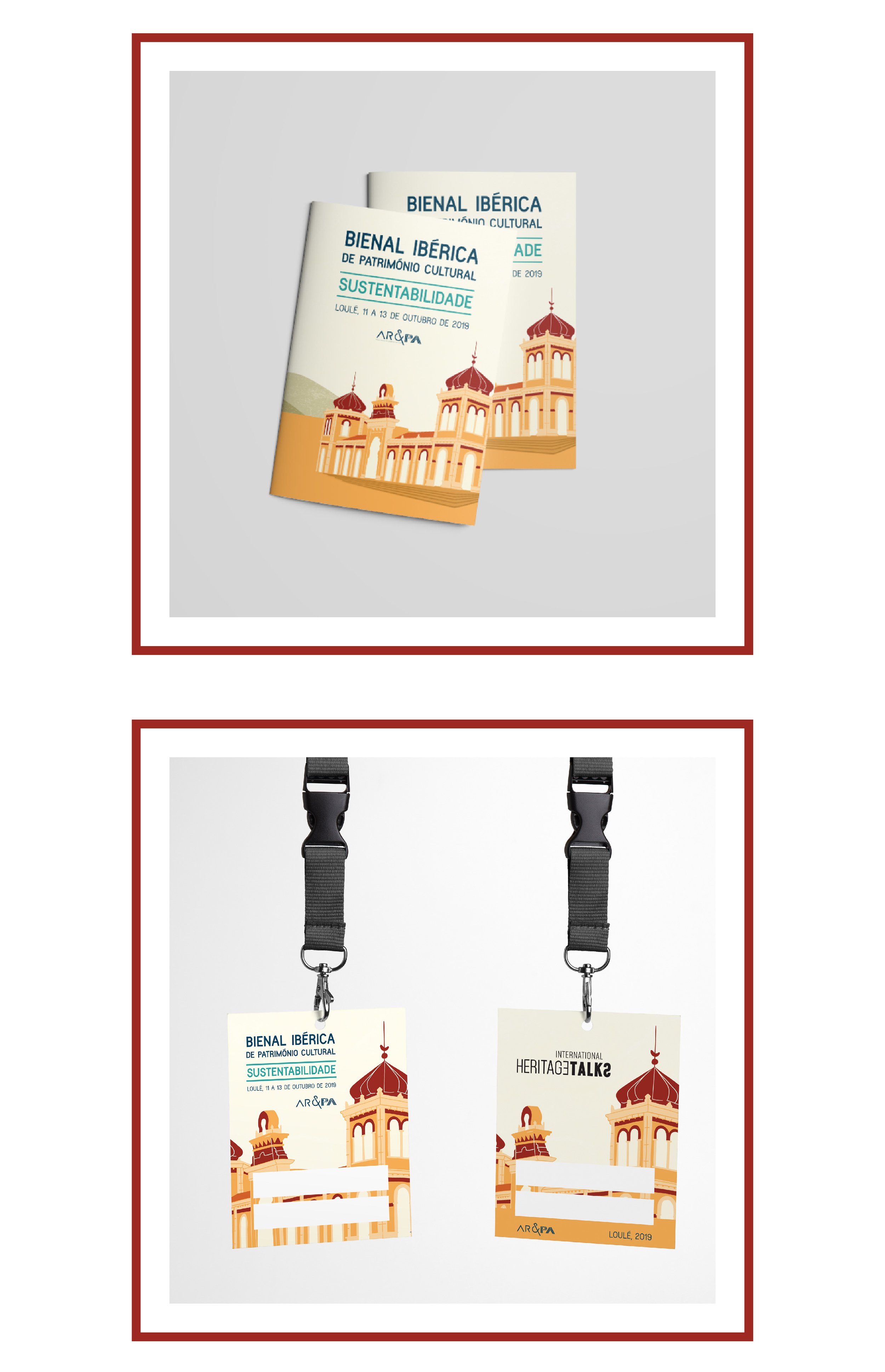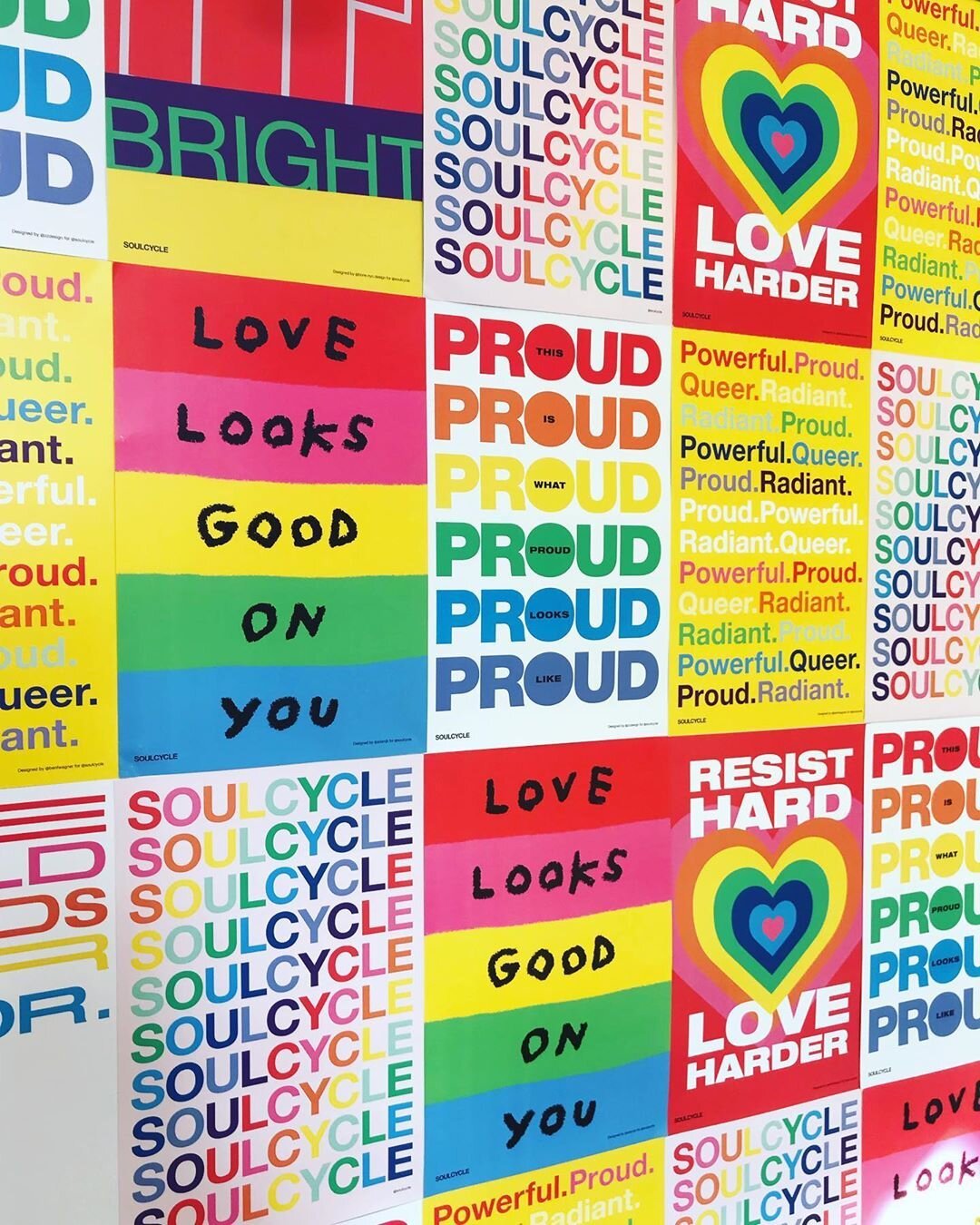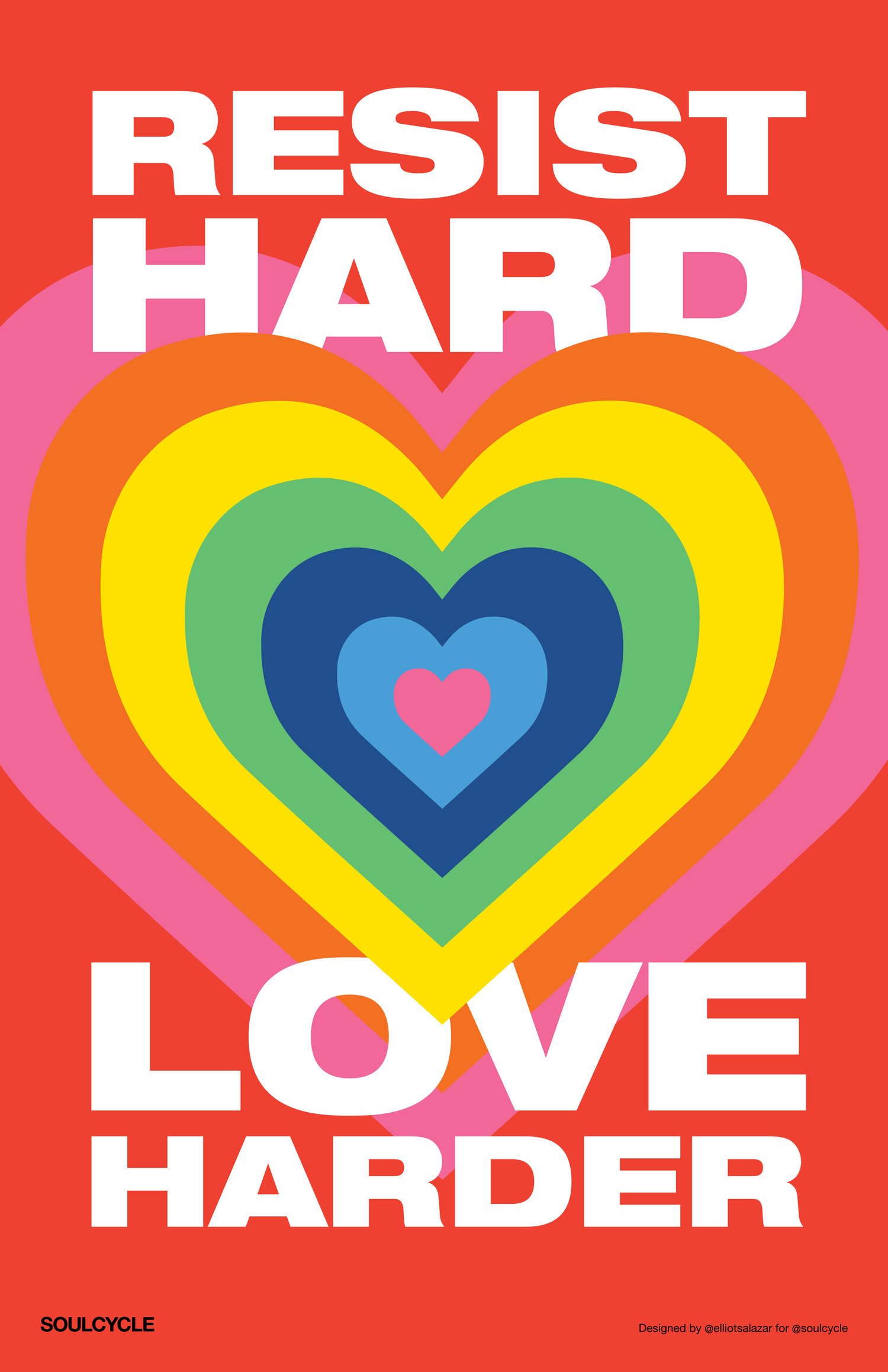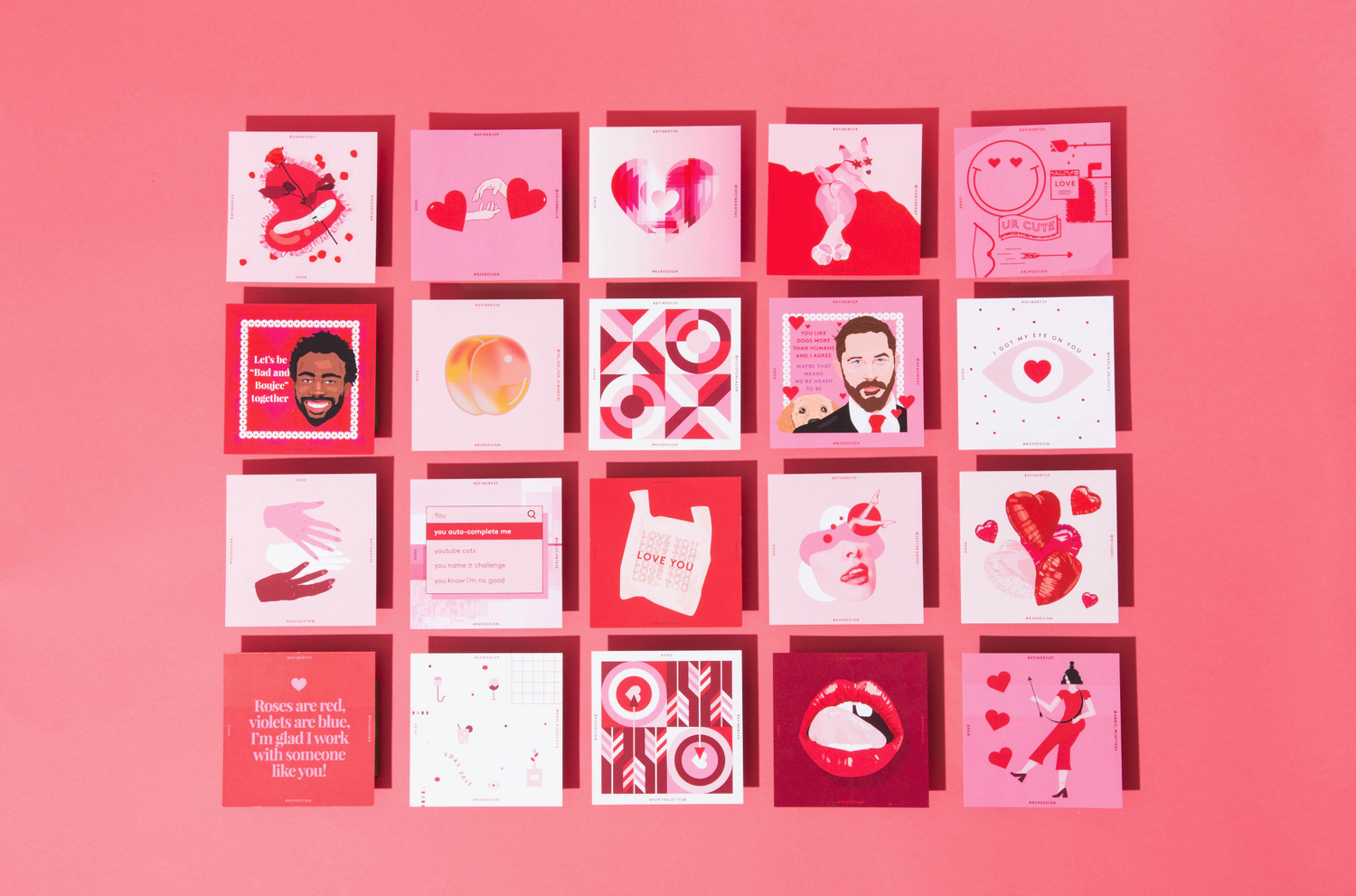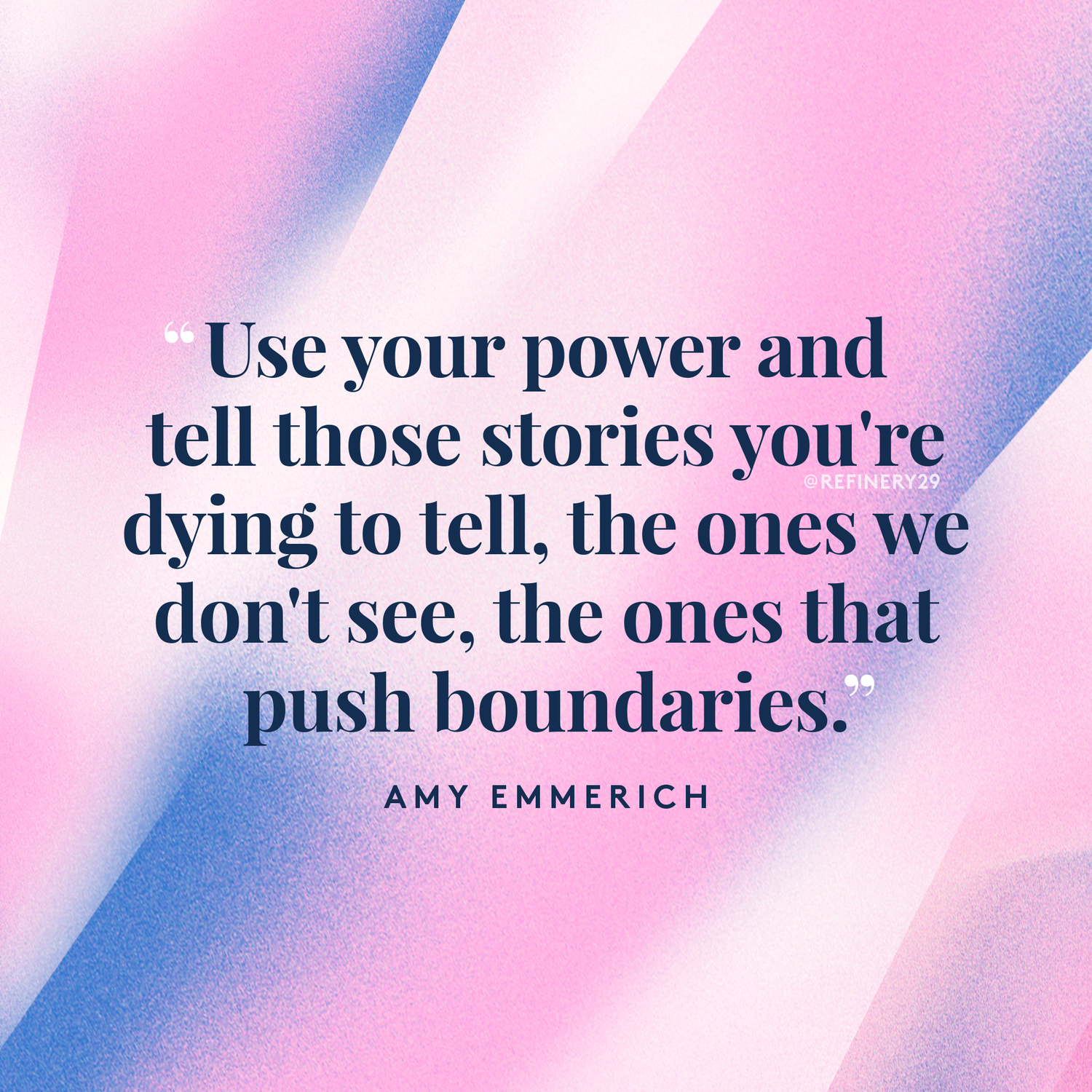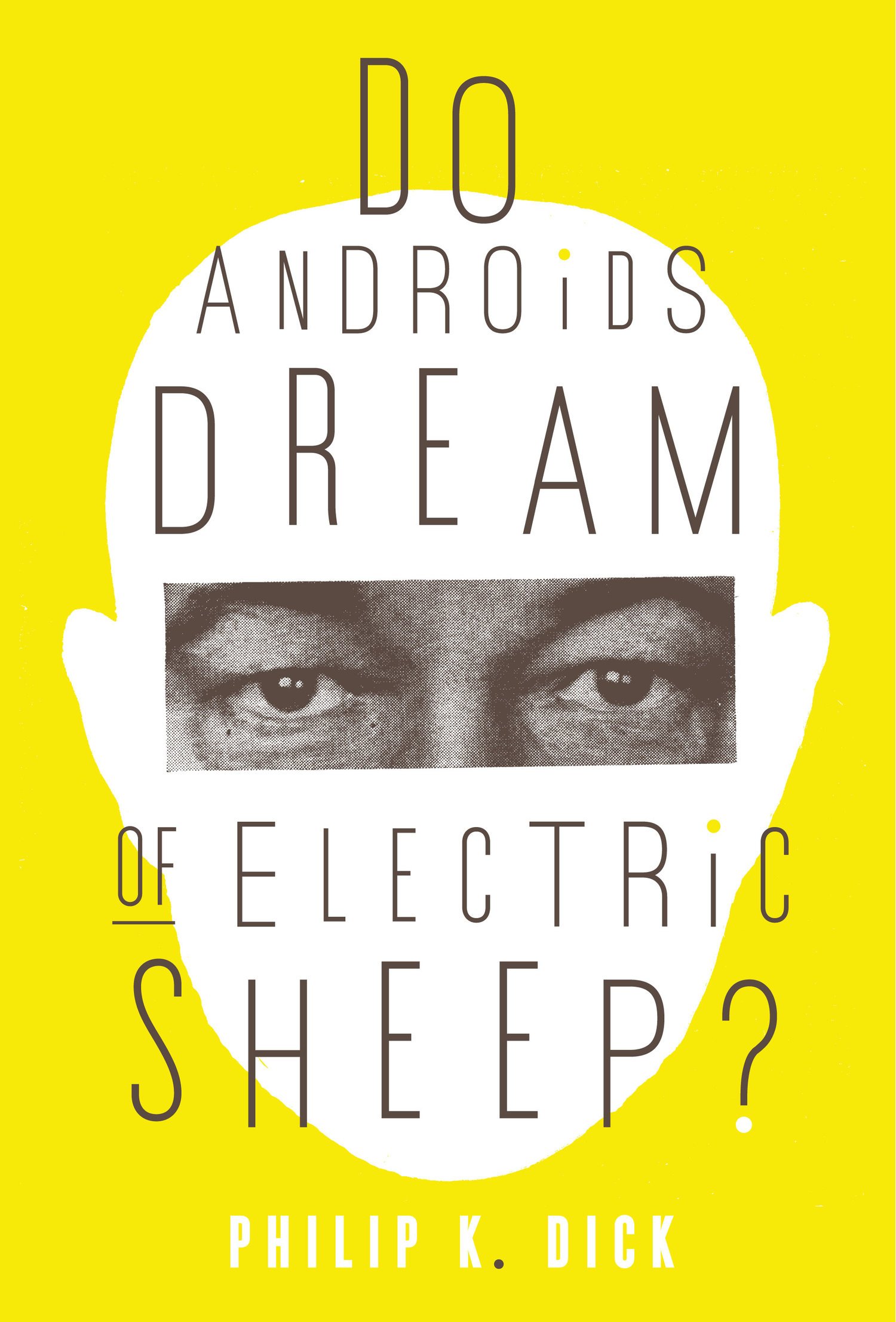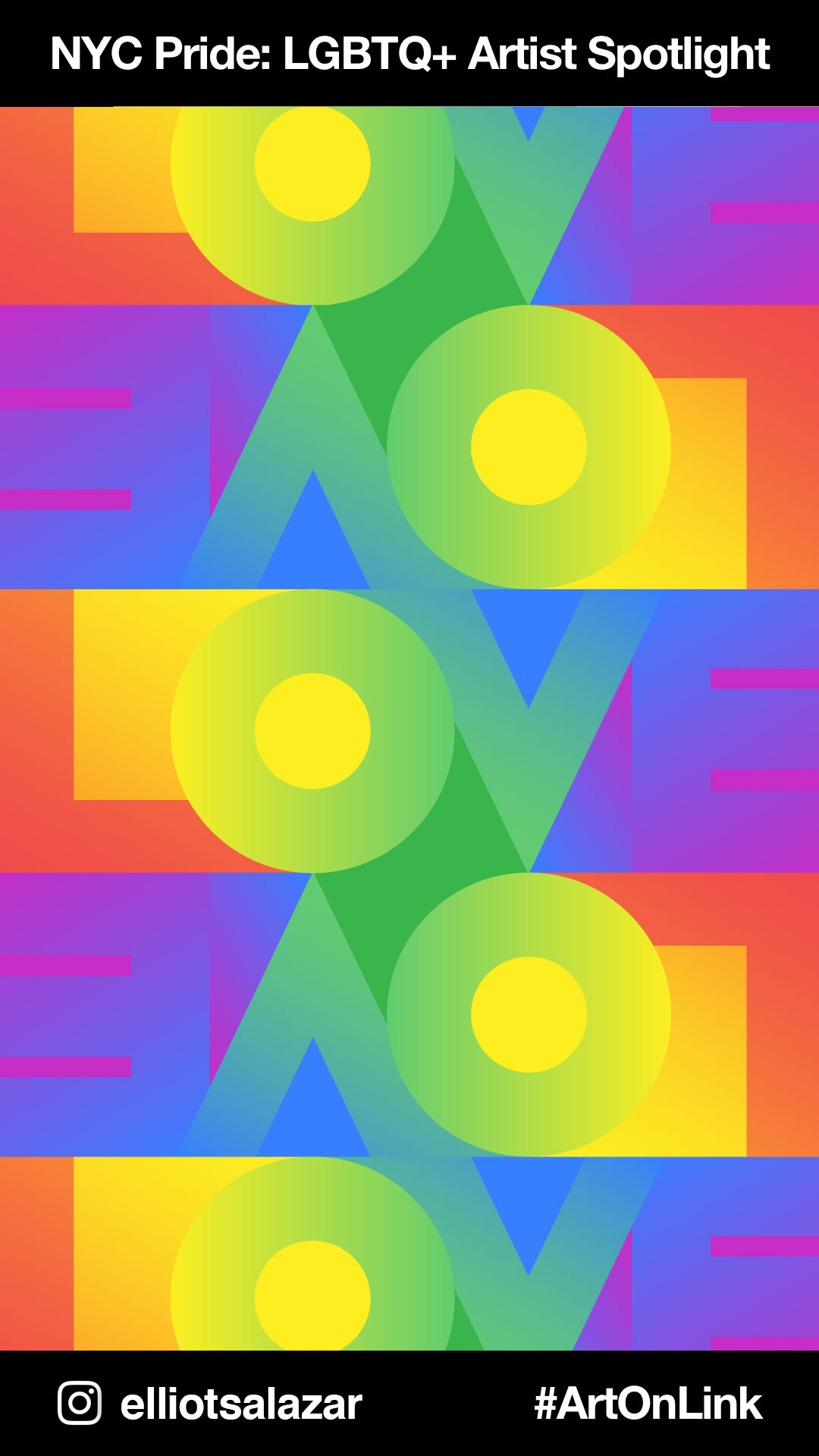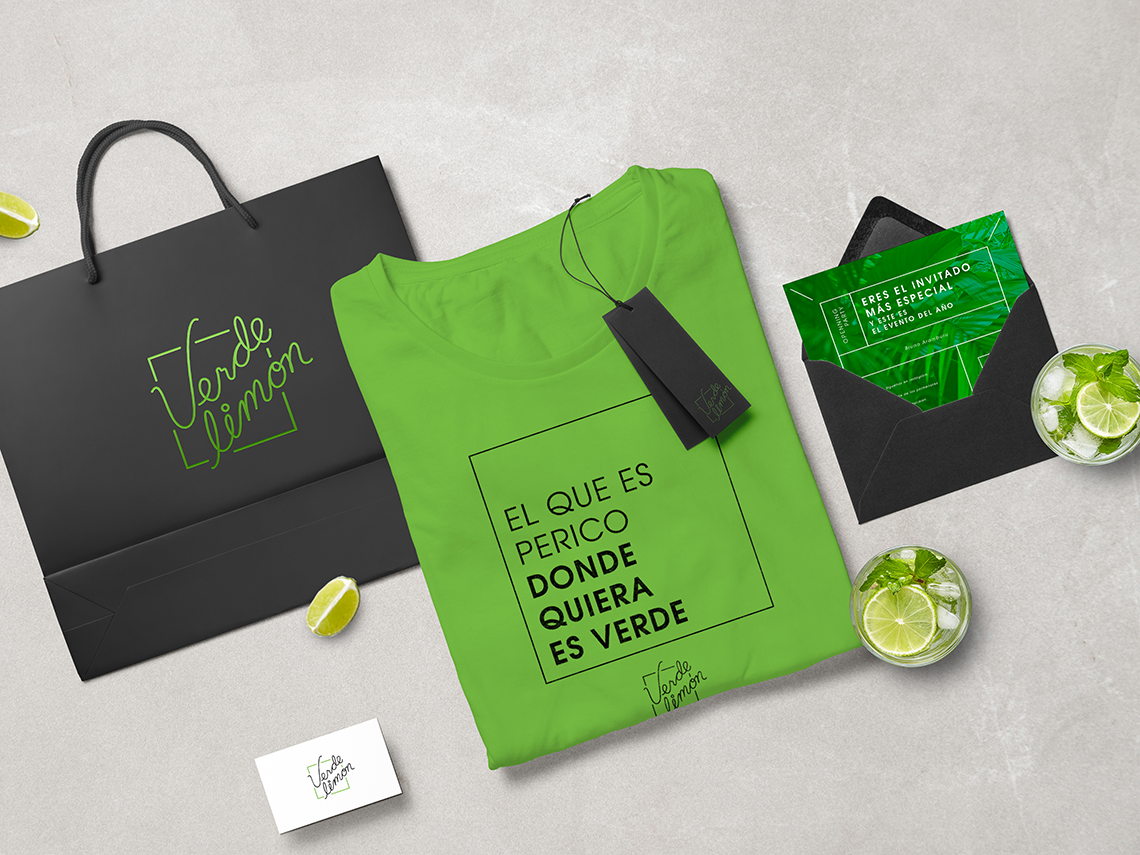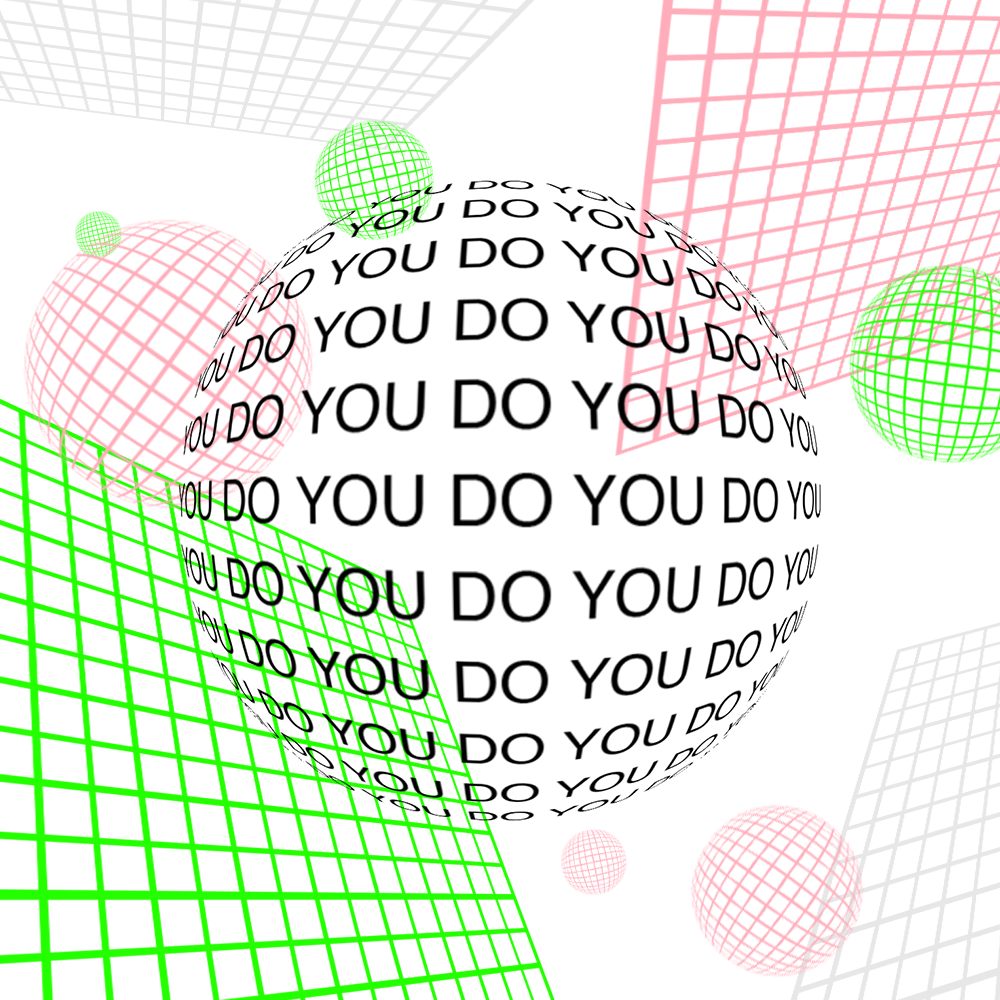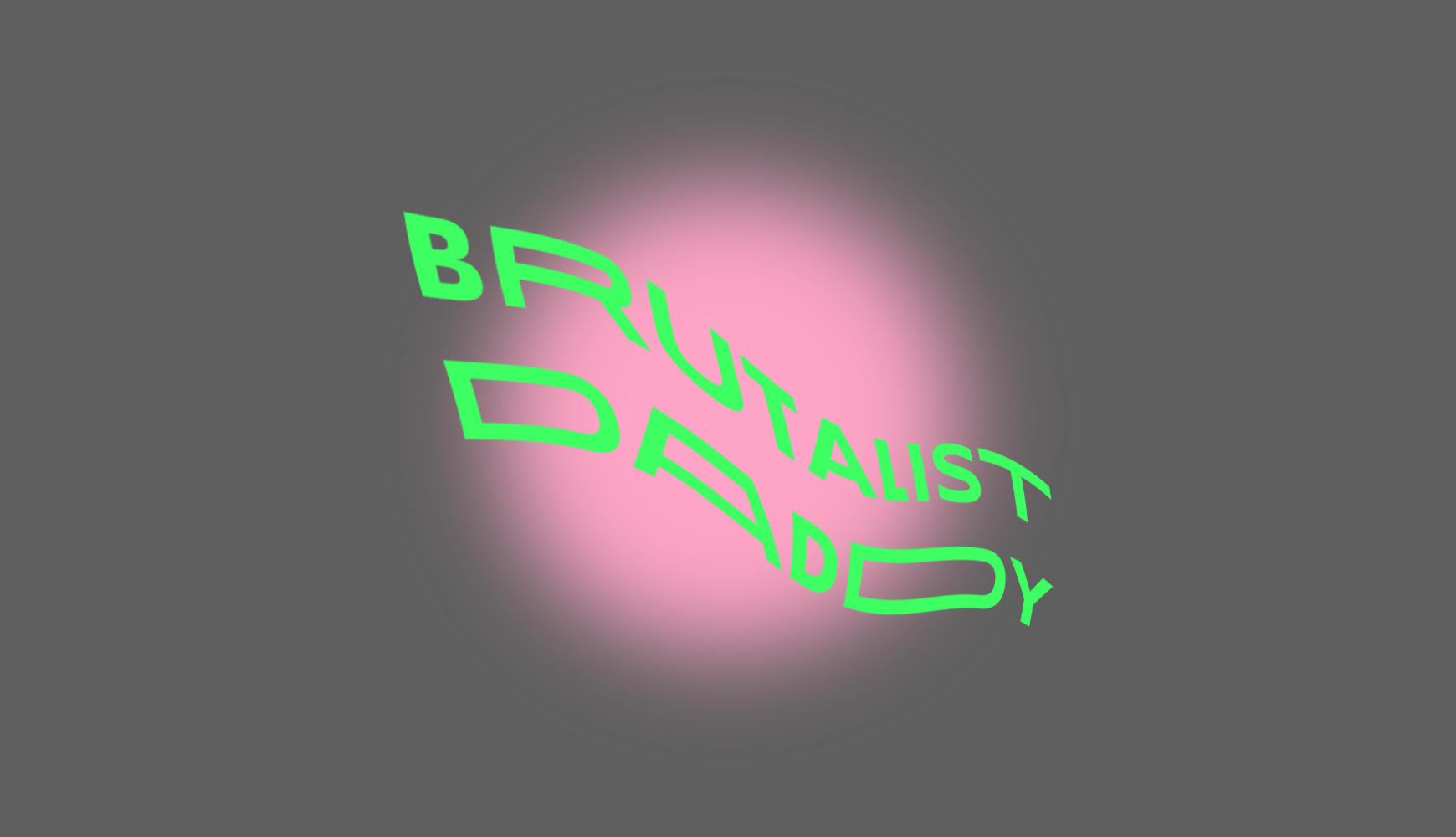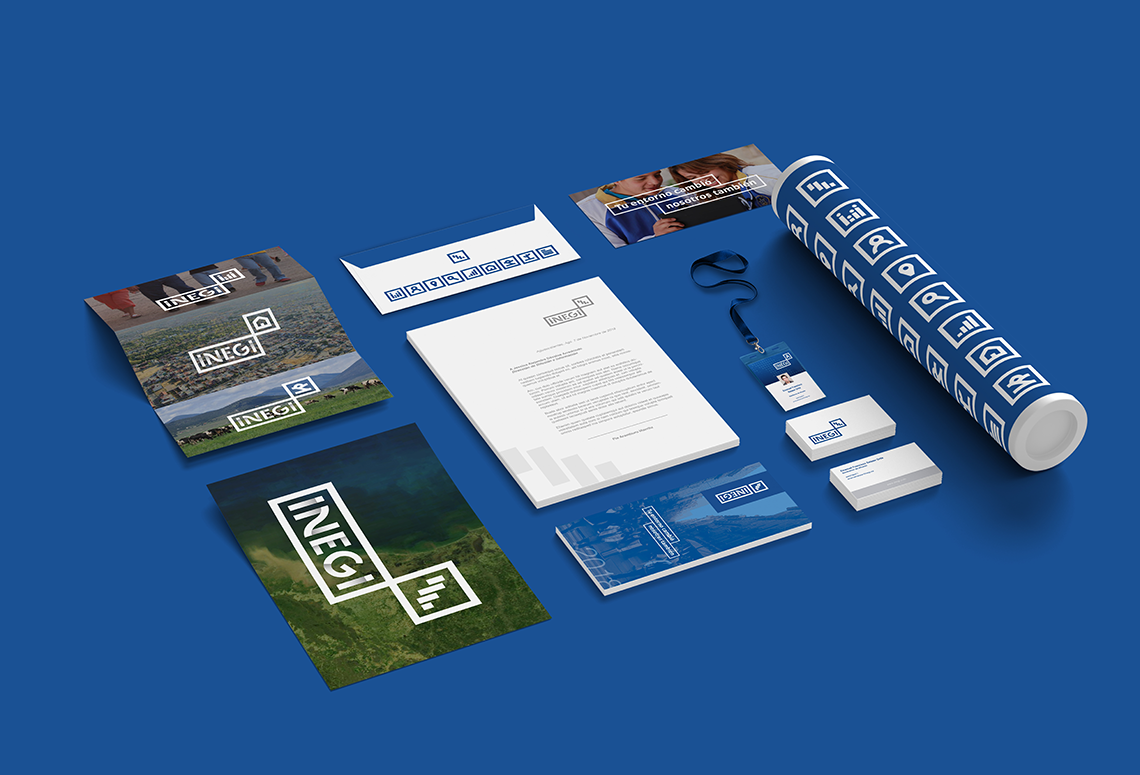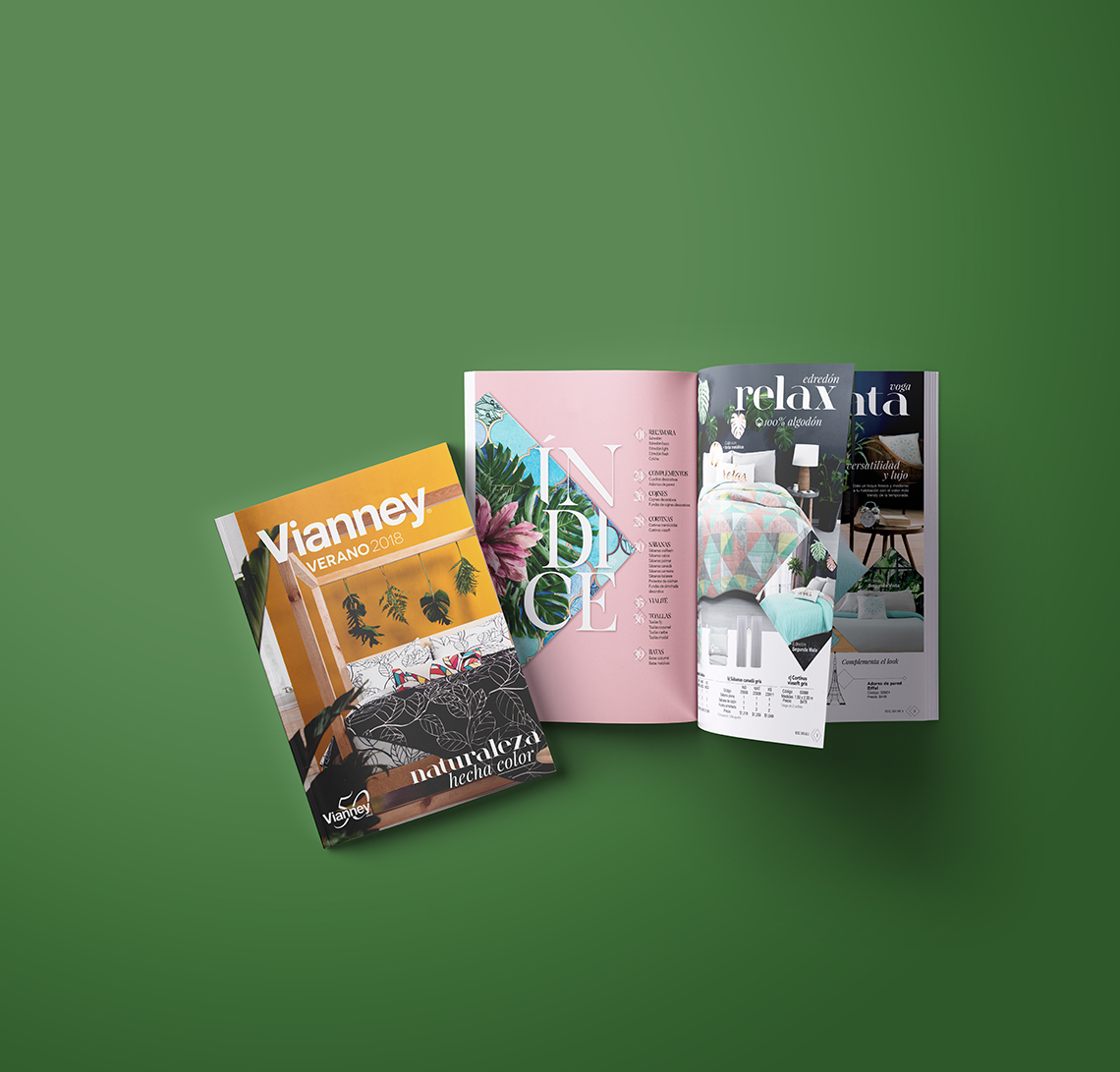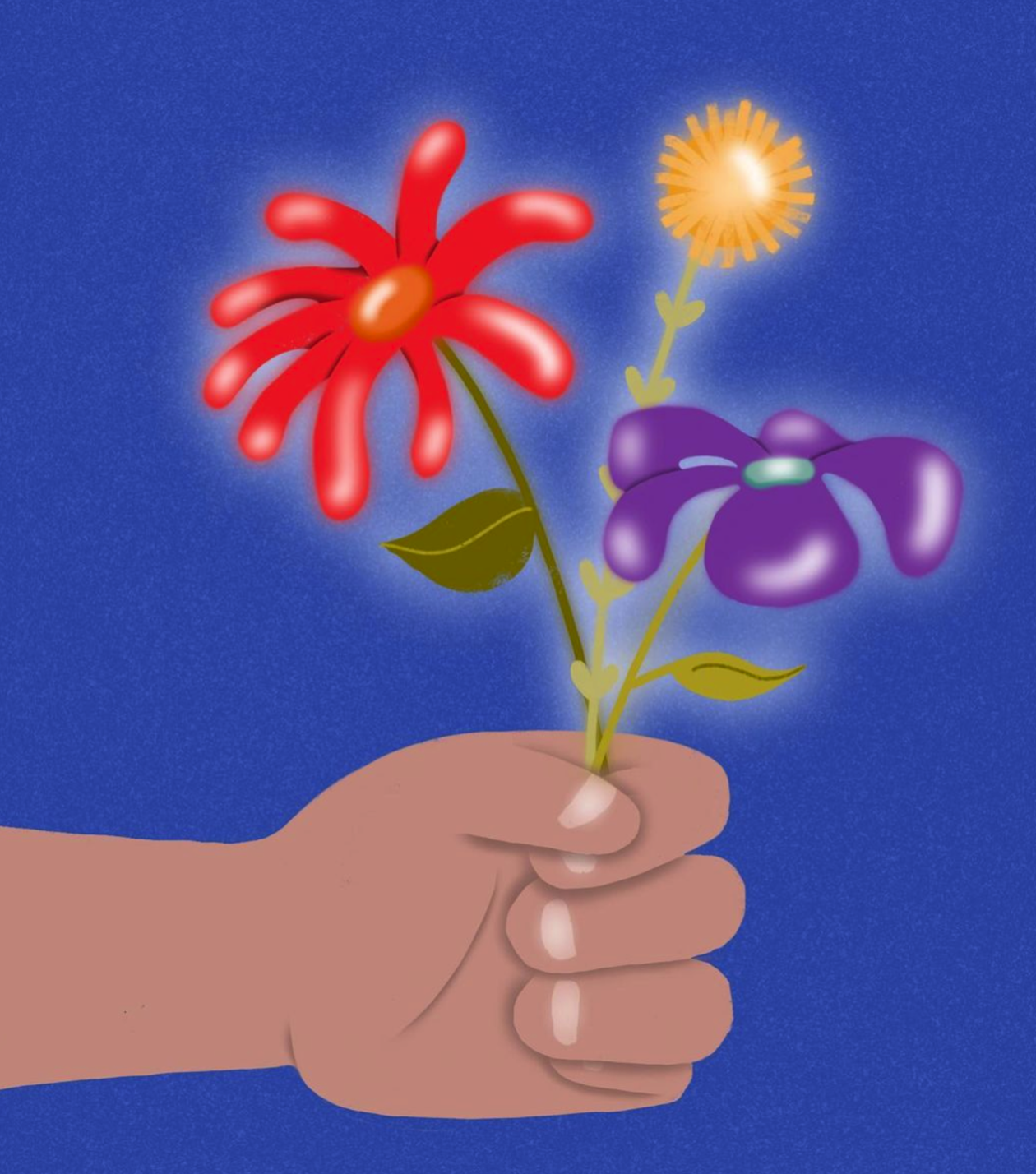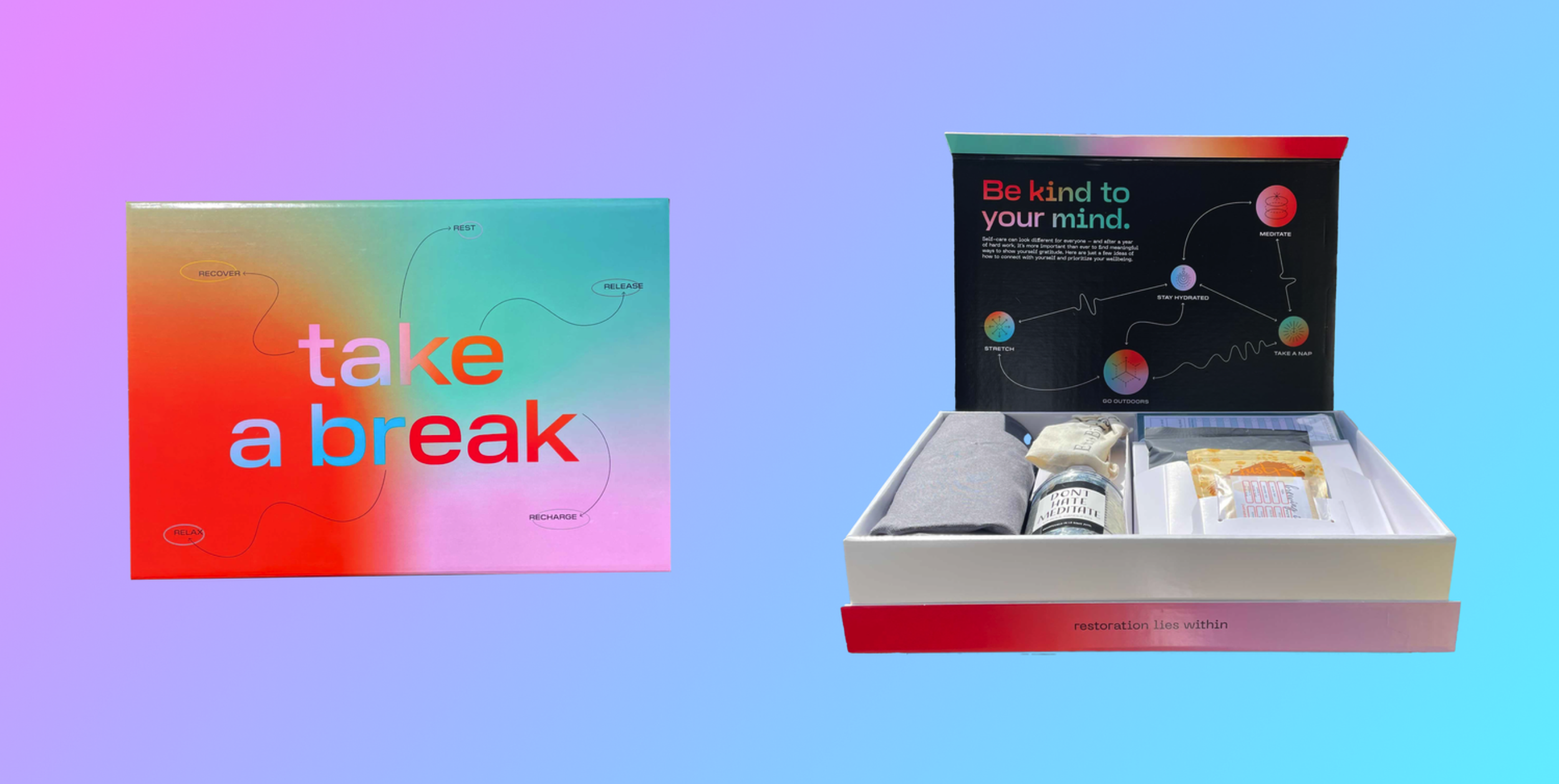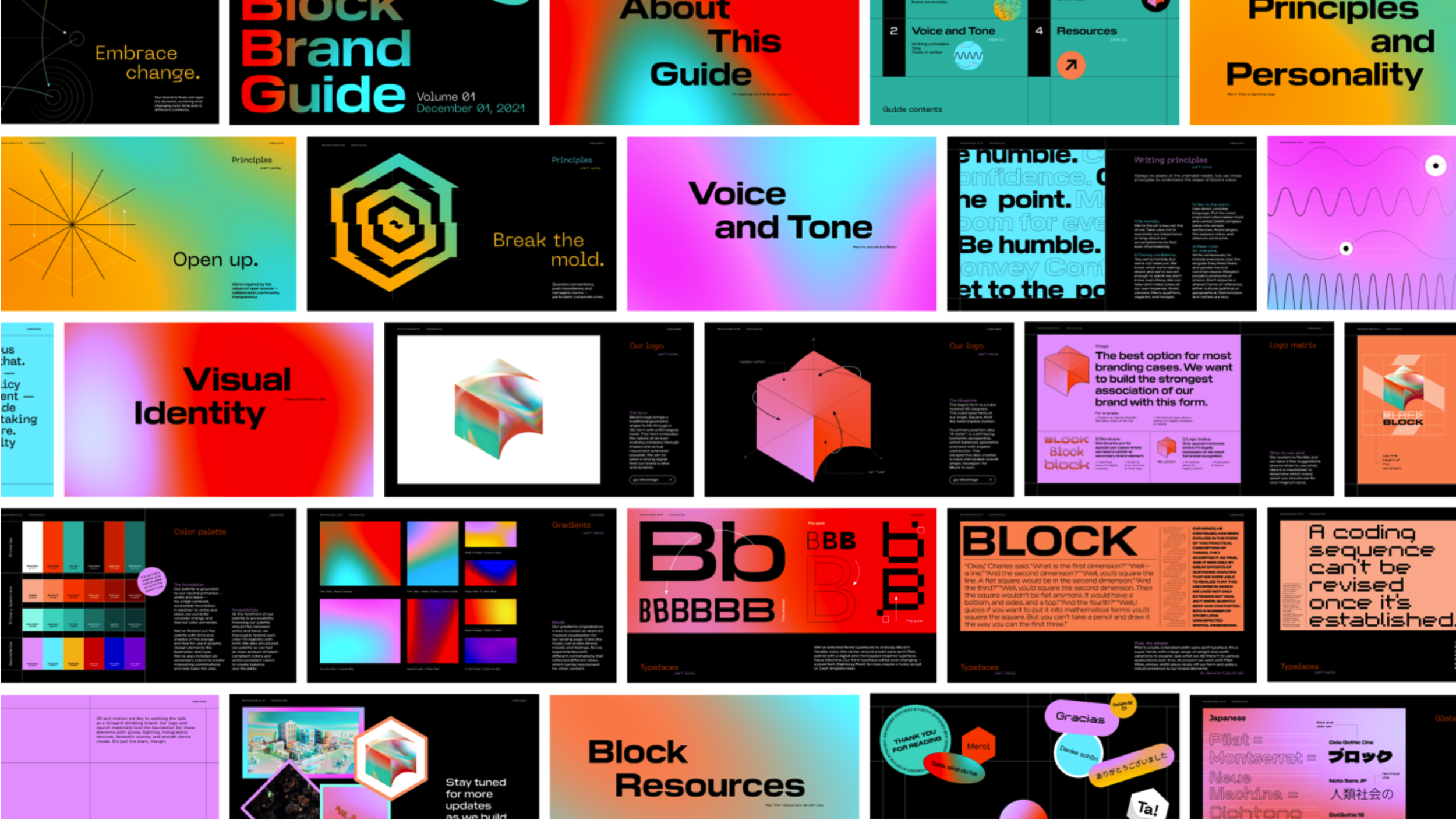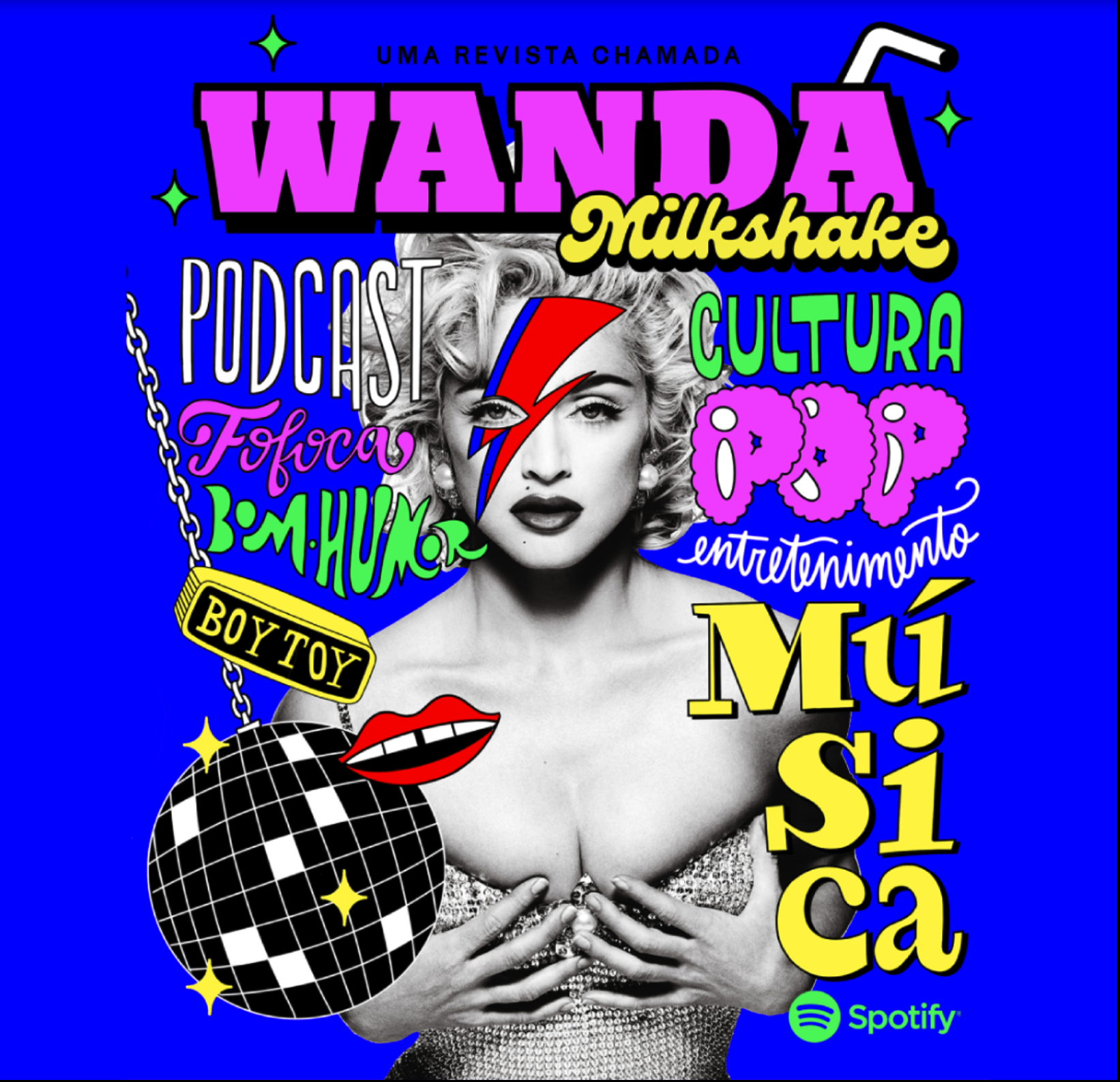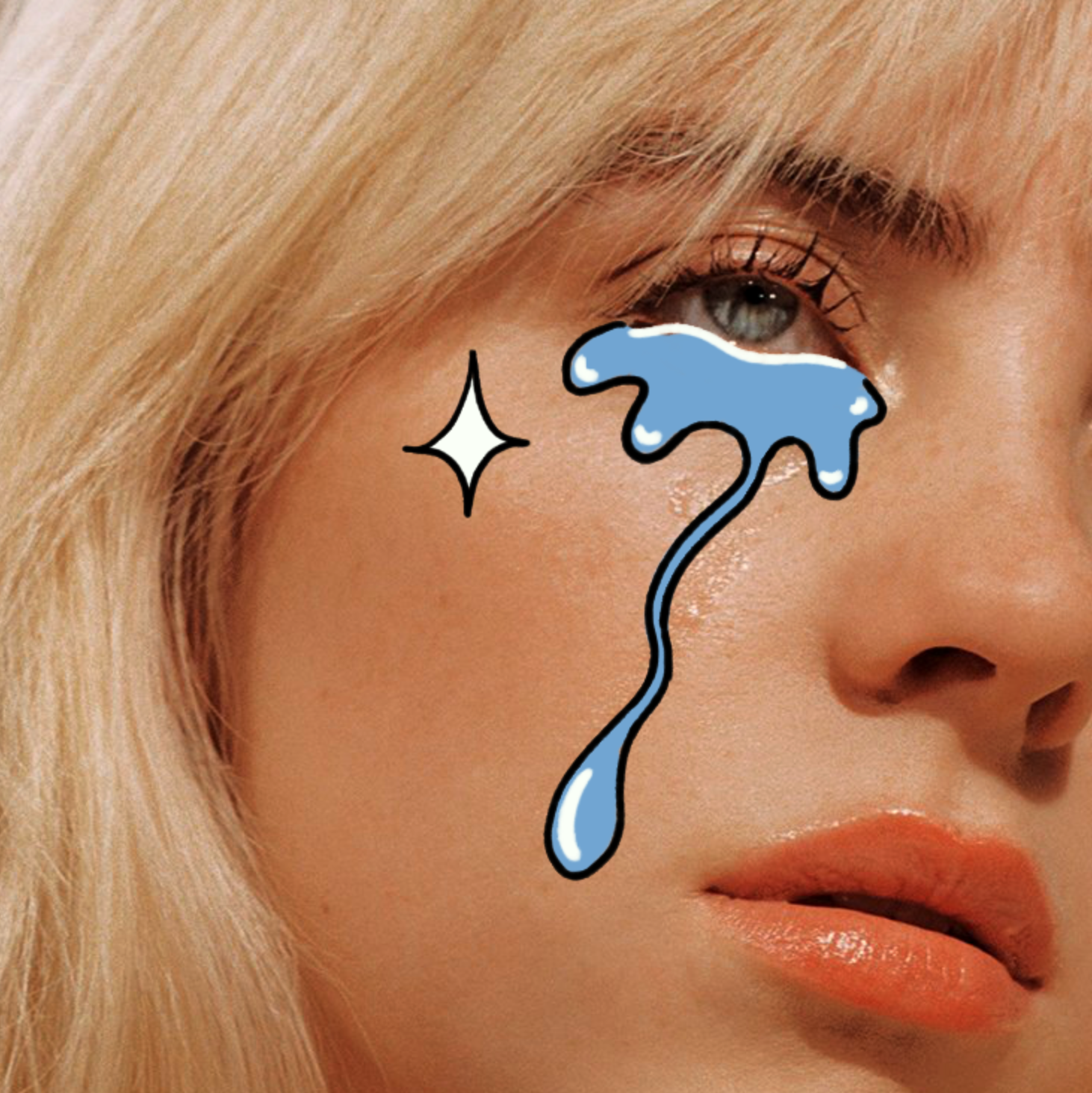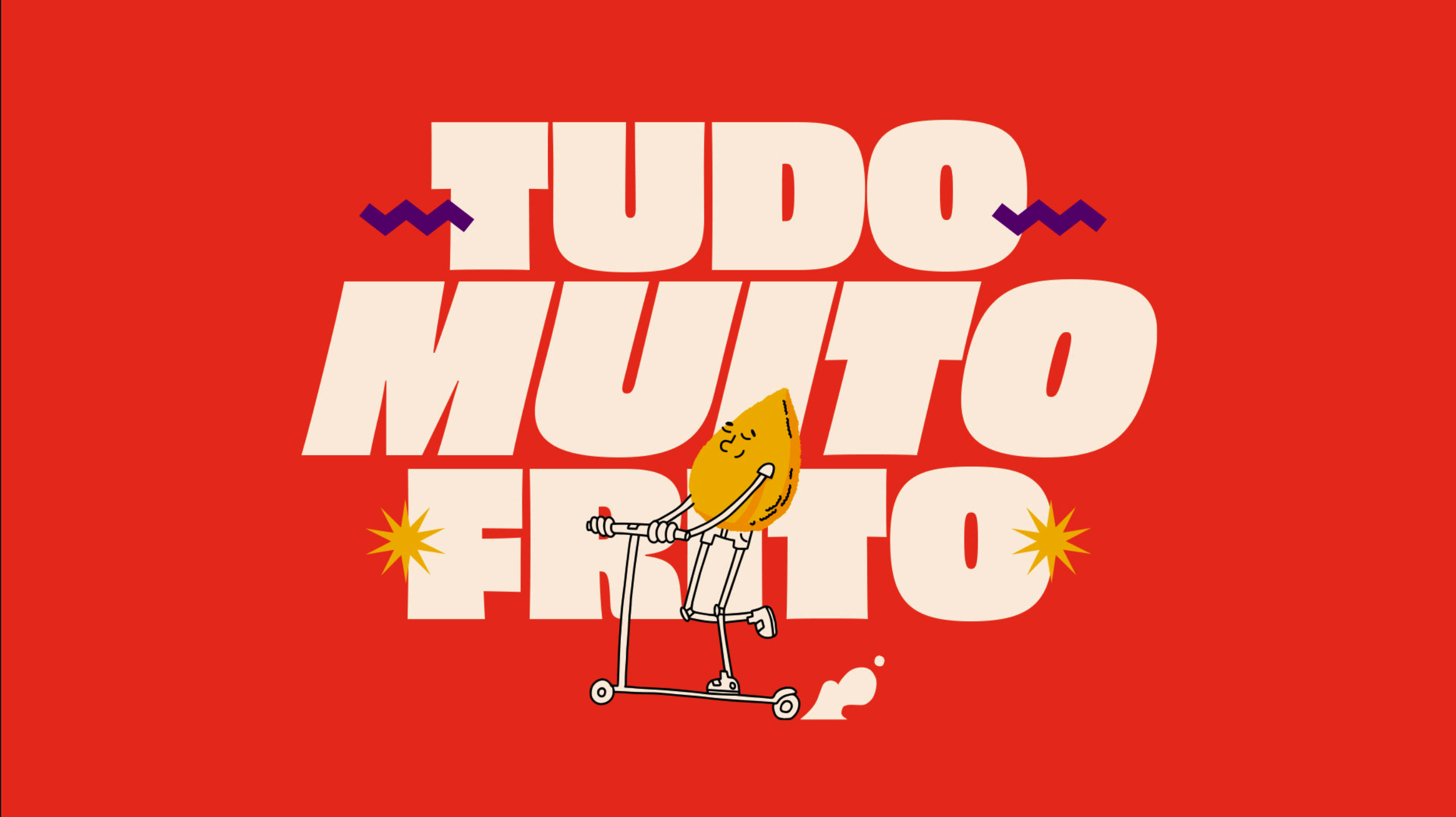Gilbert Baker, a gay designer and political activist, put a piece of his story in the creation of the iconic rainbow flag. Representing the colors and diversity within the LGBTQ+ community, the flag has almost become synonymous with the pride, visibility, and freedom of the community. But maybe the less visible story is of what’s at stake for designers standing at the crossroads of their identities as LGBTQ+ individuals and creatives.
LGBTQ+ designers, while representing a larger portion of the design world than the general population, are underrepresented in formal design education and its canon of respected designers (a landscape composed largely of white, hetero, and cis-males). According to information from AIGA’s Design Census in 2019, 15% of designers taking the survey identified as part of the LGBTQ+ community, while only an estimated 4.5% of Americans identify as LGBTQ+ in the general population.
Authentic representation of one’s identity in their work comes with its own unique challenges. 40% of designers in the LGBTQ+ design community have reported speaking up about design decisions excluding queer people in the workplace. “Because we’re often rewarded for sacrificing parts of our identity to fit our rapidly technicalizing world, we struggle internally with how our identities as queer individuals and designers play into the gentrification of big tech,” says John Hanawalt of the conflicting and complex struggle of the LGBTQ+ community in the tech-fuled gentrification of the Bay Area.
What’s more is these challenges interact and amplify with many intersecting identities. Just as with any other identity, the queer community does not refer to “a monolith, and we can’t talk about queer identity in a vacuum,” says John Voss, co-founder of Queer Design Club. According to the 2019 Queer Design Count, LGBTQ+ designers of color as well as Trans designers made significantly less annually than white designers. Seth Katz, designer, writes that while the community celebrates progress in many ways, this progress is limited in terms of advocating for “an increasingly intersectional approach.”
Although there’s no shortage of work to be done, one path of progress for the LGBTQ+ design community involves representation of queer designers. “One of the common misconceptions of why queer, trans and people of colour are underrepresented is because they don’t have enough experience or need mentoring from those above them. They don’t – they just need the space on the stage to shine, ” says Rebecca Brooker, owner of Planthouse Studio and founder and president of Queer Design Club.
All this to say, supporting LGBTQ+ designers involves more than just brandishing a rainbow flag. Brooker suggests some ways that designers can become allies to LGBTQ+ designers: allowing individuals to express their identities in the way they choose, showing empathy for others’ perspectives, and showcasing the work of marginalized communities.
Some LGBTQ+ Designers We Admire
Taking a page from Brooker’s advice, we celebrate the work of some incredible LGBTQ+ designers below:
Alley Hector (she/they)
Michelle Lopes (she/her)
Derek Shafer (he/him)
Torres (he/him)
Lisa Looye (she/her)
Simone Lopes (she/her)
Elliot Salazar (he/him)
Juan Garcia (he/him)
Chloe Stokes (she/her, they/them)
Joao Maiolini
Spaces for LGBTQ+ Designers
Whether you identify as an LGBTQ+ designer or want to become a better ally, these spaces offer crucial connections for the community.
Architecture LGBT+: a not-for-profit organization centered around the goal of a safe and inclusive space for architects and students of architecture in the LGBT+ community.
Black & Gay, Back in the Day: an archive by way of Instagram, commemorating Black queer individuals and experiences in Britain.
Queer Design Club: a community lifting up the voices and works of queer designers, and providing a chance to connect with each other.
QUEERCIRCLE: a unique blend of “artists, curators, writers, thinkers, community organisers, grassroots organisations and charities” that aim to connect the arts with social action.
Build Out Alliance: a community for LGBTQ members of the design and construction industries, advocating for their members with community advocacy and partnerships.
QSPACE: a queer architectural research organization connecting students, professionals, and academics and propelling “organized action through exhibitions, publications, digital archiving, and design guidelines.”
Lex: a community for “queer, trans, gender non-conforming, two spirit, & non-binary ppl.” While this app was designed with friendships and romantic relationships in mind, it is also a way that LGBTQ+ creatives search for opportunities for zines, art modeling, and more.
The Outside Project: a community shelter, centre, and domestic abuse refuge that advocates for housing rights for the LGBTIQ+ community. Along with their main mission, they feature exhibitions and other creative projects.
Queer Youth Art Collective: an art community for young queer creatives (18-26) carrying out exhibitions, workshops, and more.
Grrrl Zine Fair: a collaborative space for artists creating community around contemporary feminism. This ambitious organization organizes everything from “live events, zine workshops, Grrrl In Print zine and a feminist zine library” to “self-publishing fair, panel talks, performances, live music, exhibitions, and workshops.”
We’d love to feature your work in this blog post! If you’re interested, please contact us at info@anastasiasalazar.com.
Anastasia Salazar Ltd. is an independent design studio for tailored branding and digital designs. Reach out to learn how we can help you fuel growth and maximize your brand’s impact.


